The Artist and the Cigar Box: Civil Pleasures
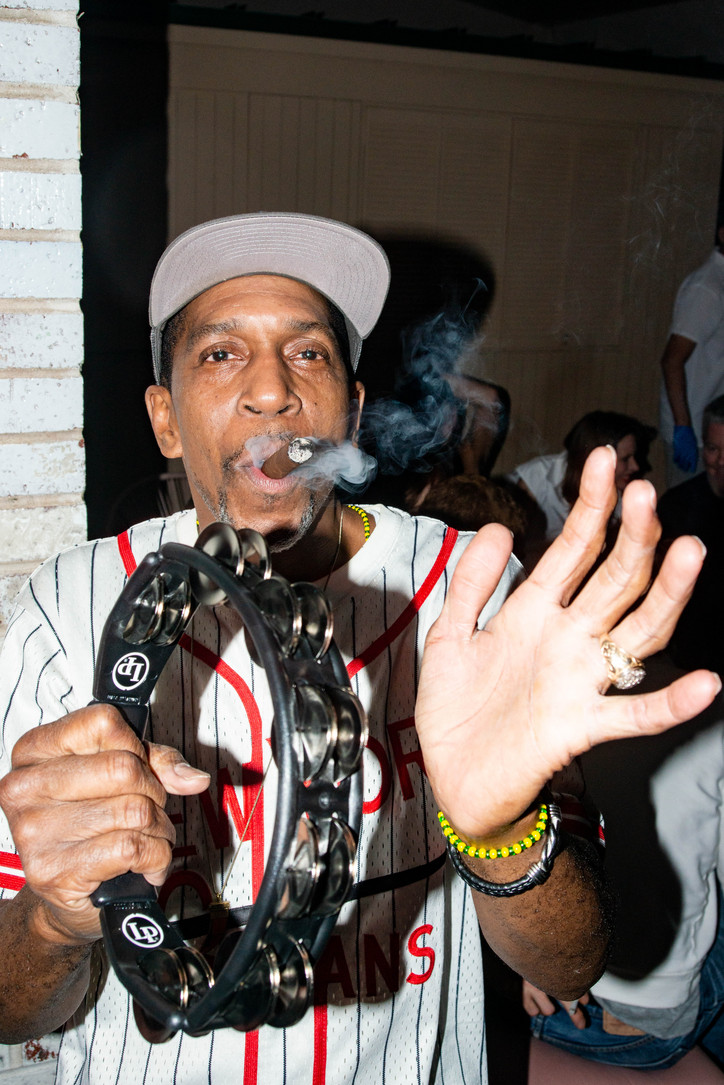
Check out photos from the opening night below and put your bids in here. The Artist and the Cigar Box online auction.
The Artist and the Cigar Box is on view online through June 30th.
Stay informed on our latest news!

Check out photos from the opening night below and put your bids in here. The Artist and the Cigar Box online auction.

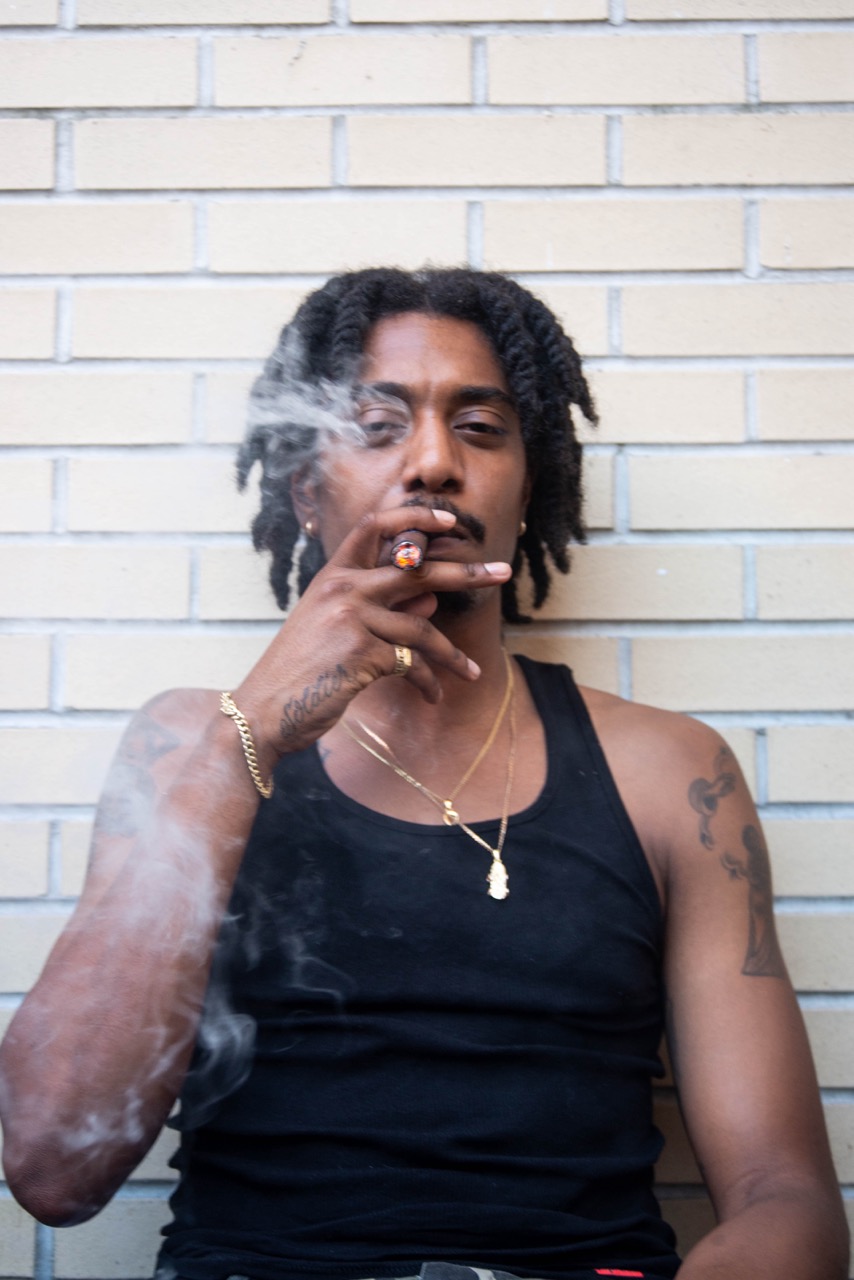
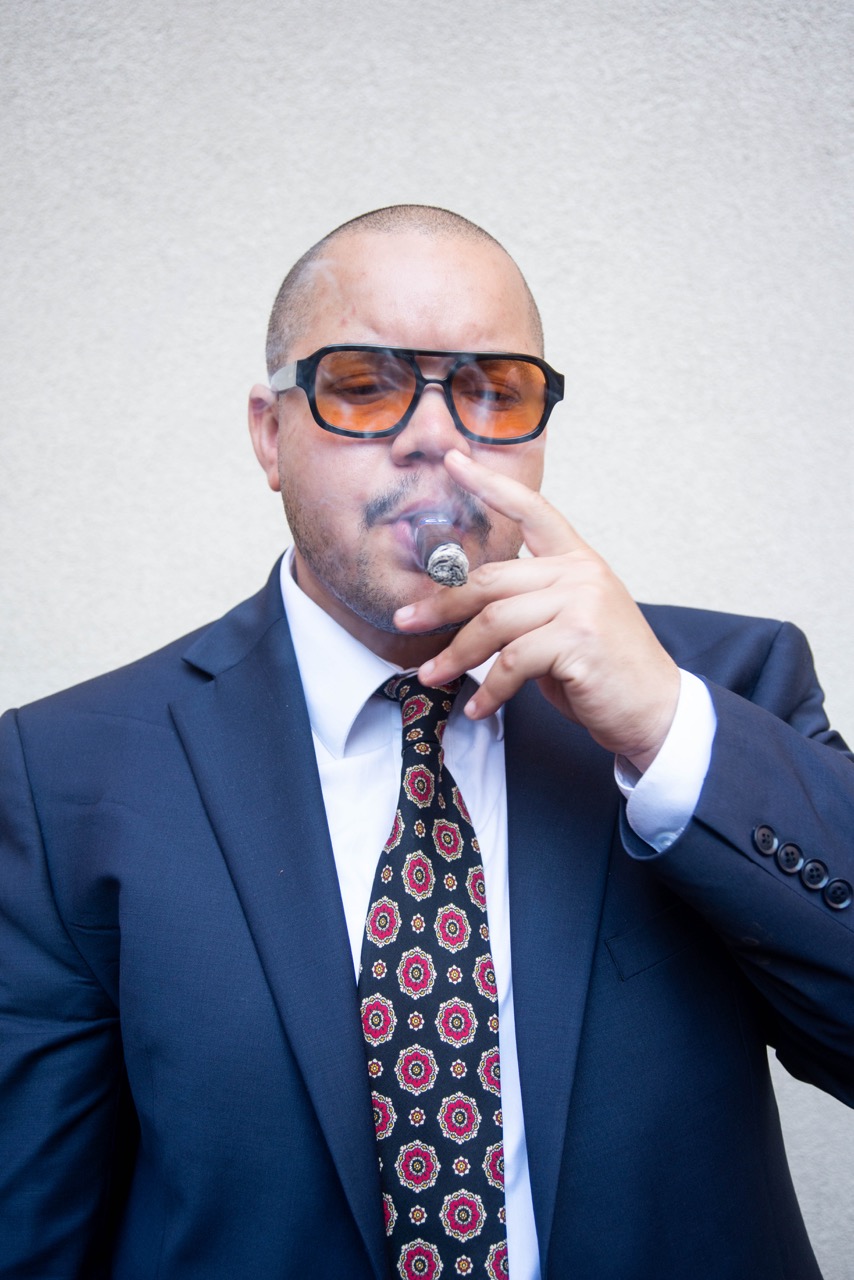
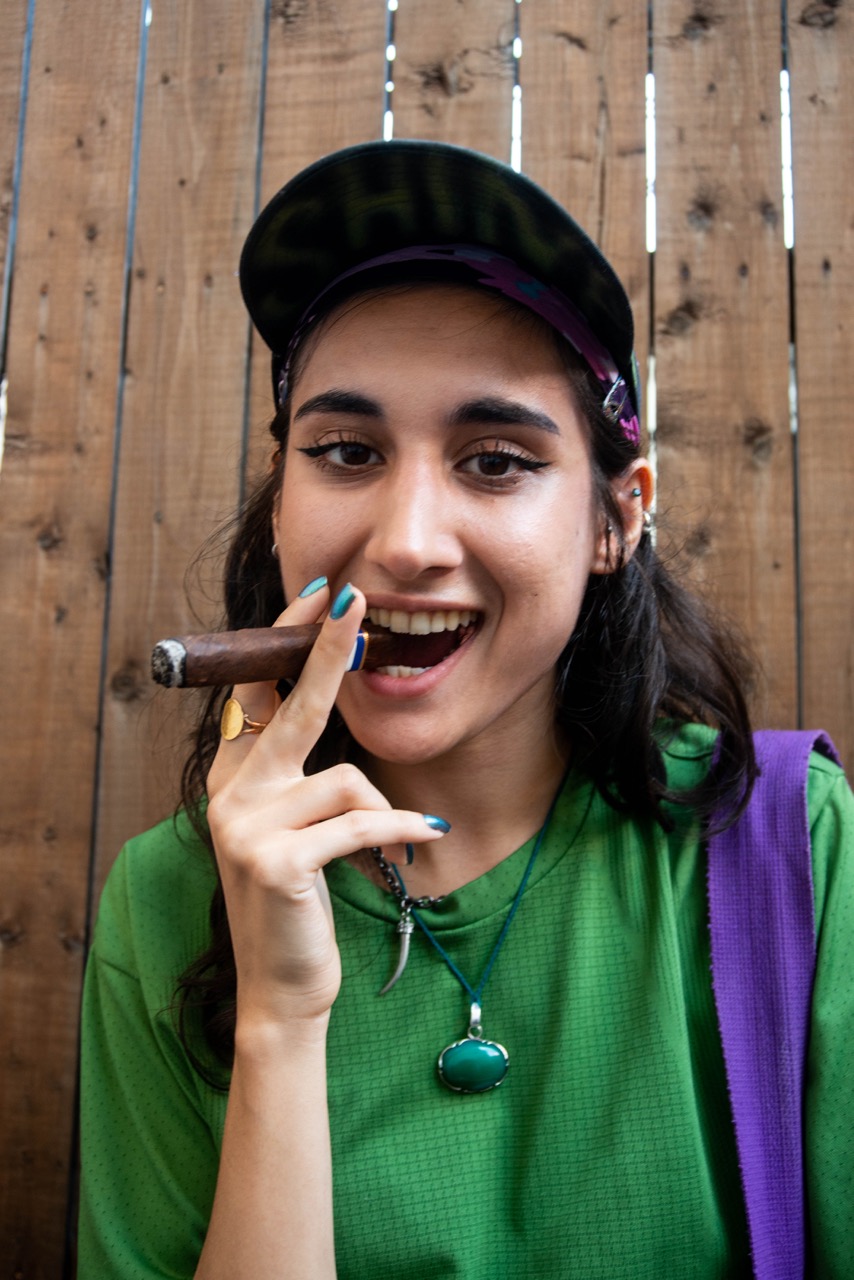
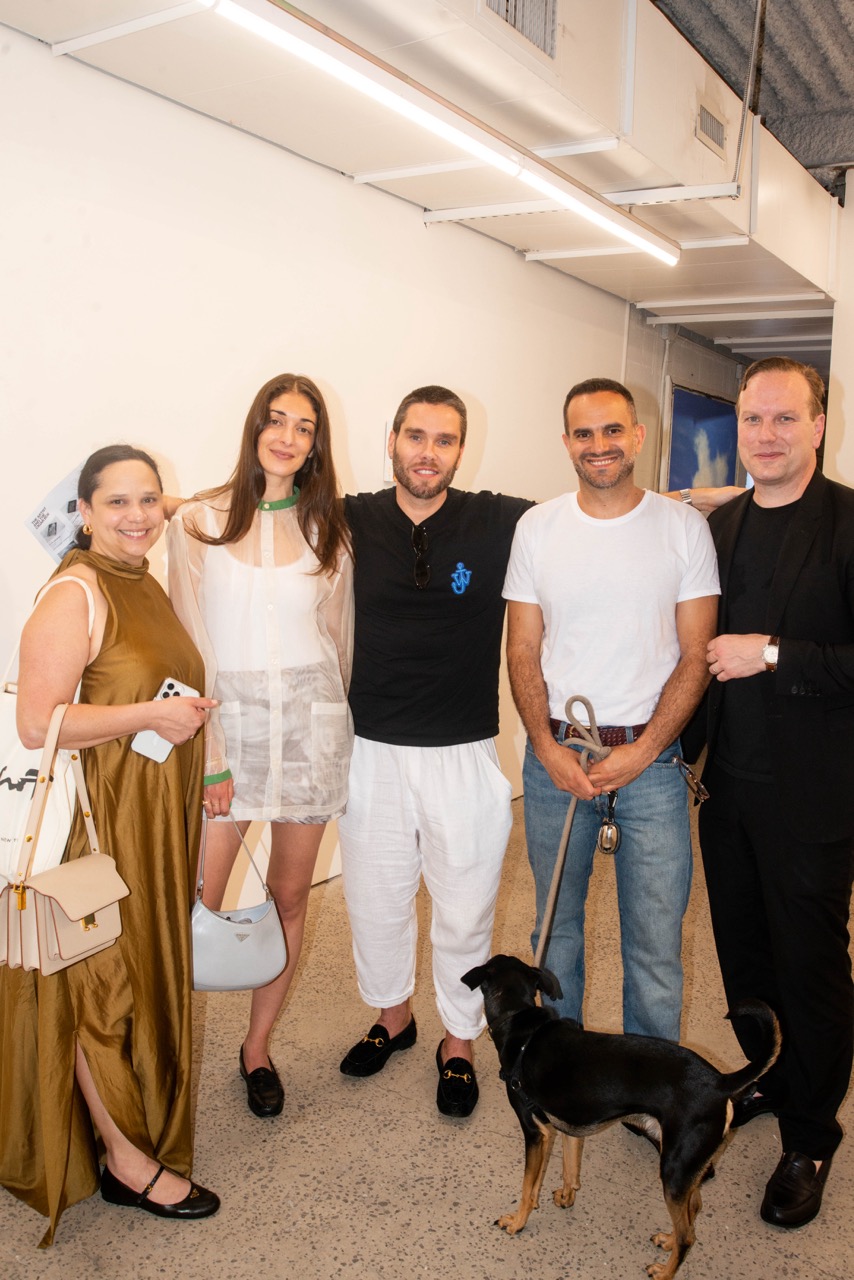
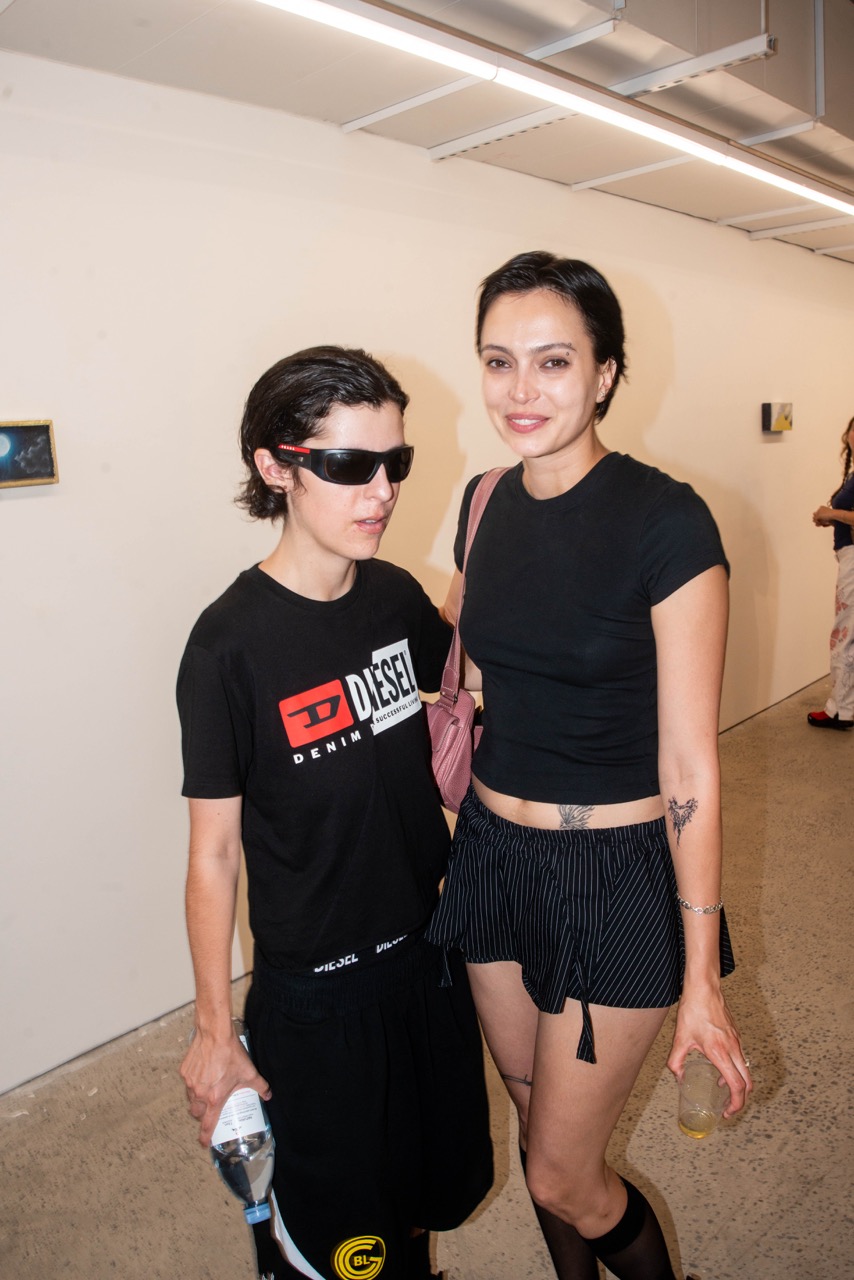

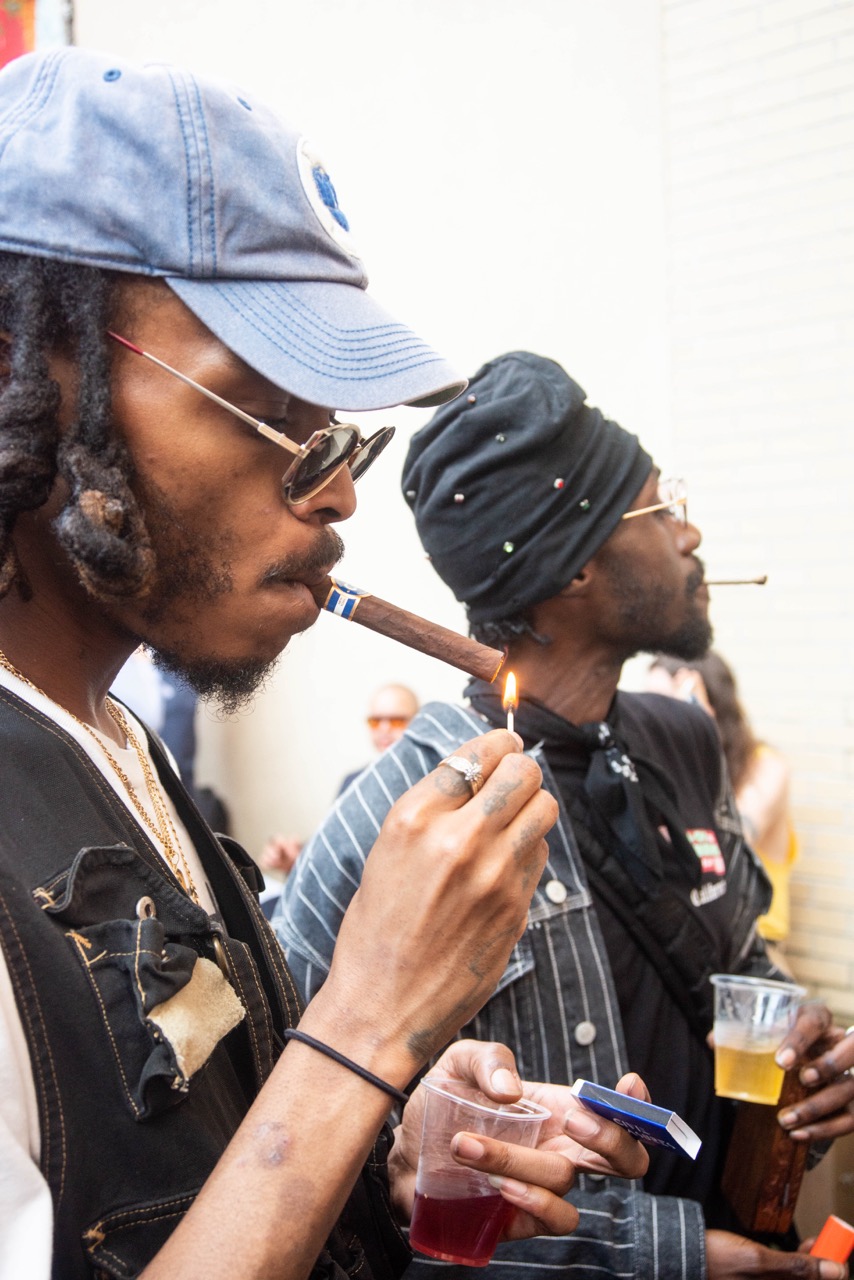
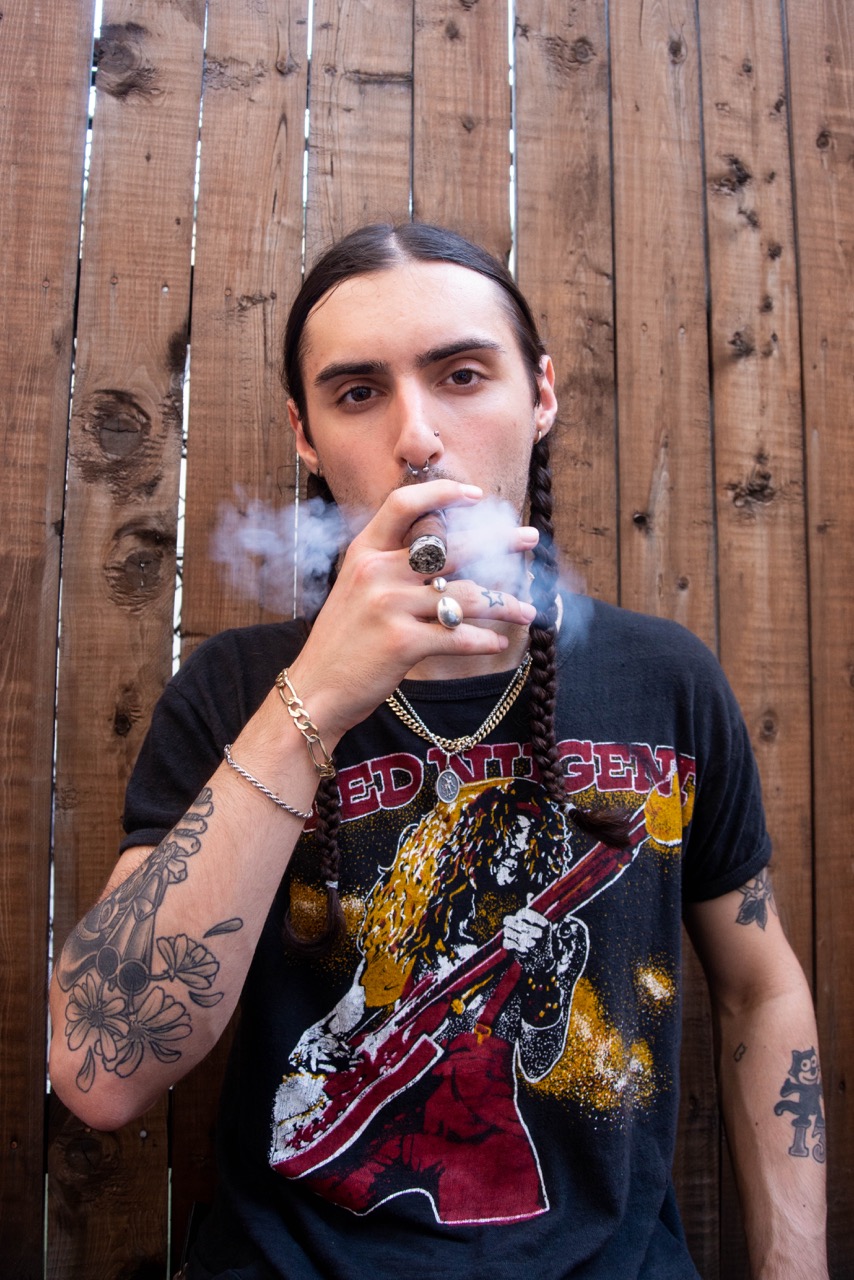
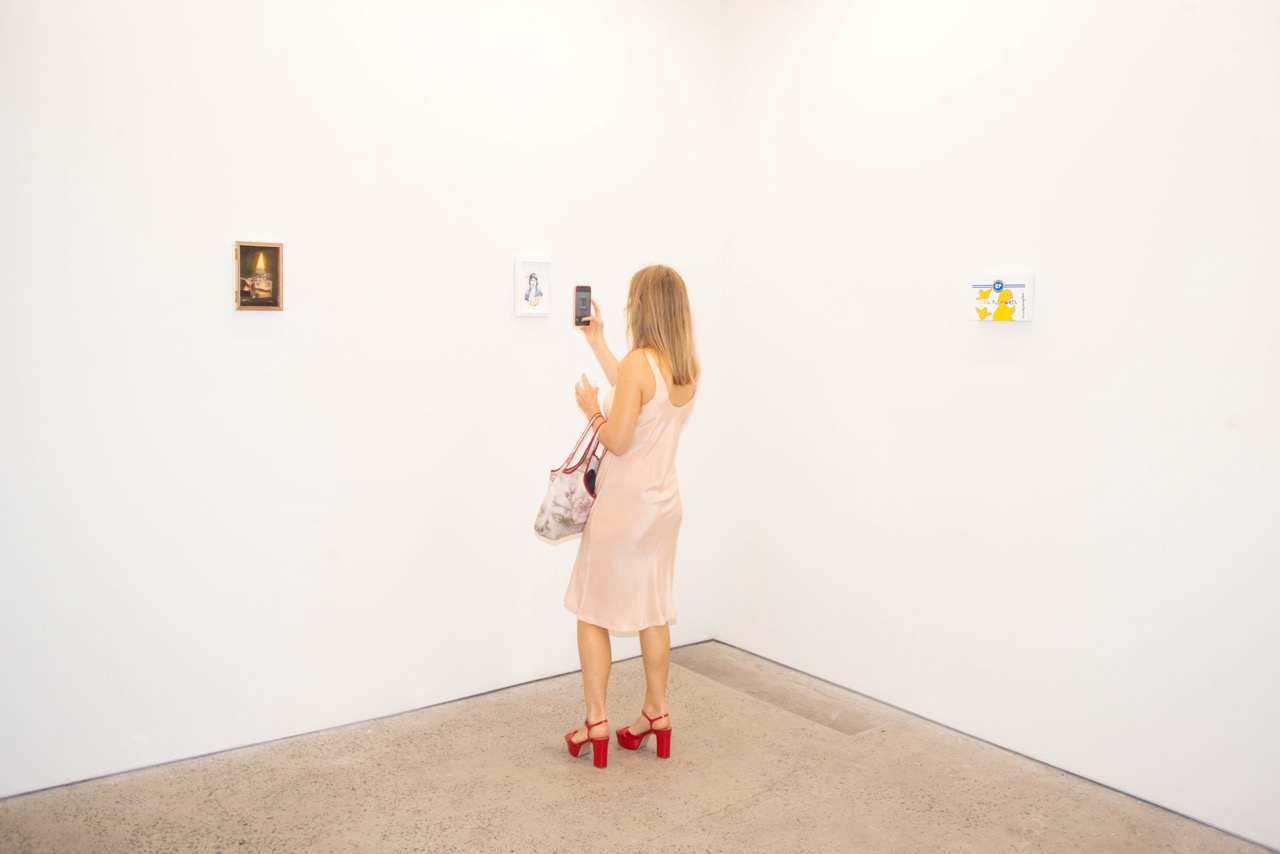
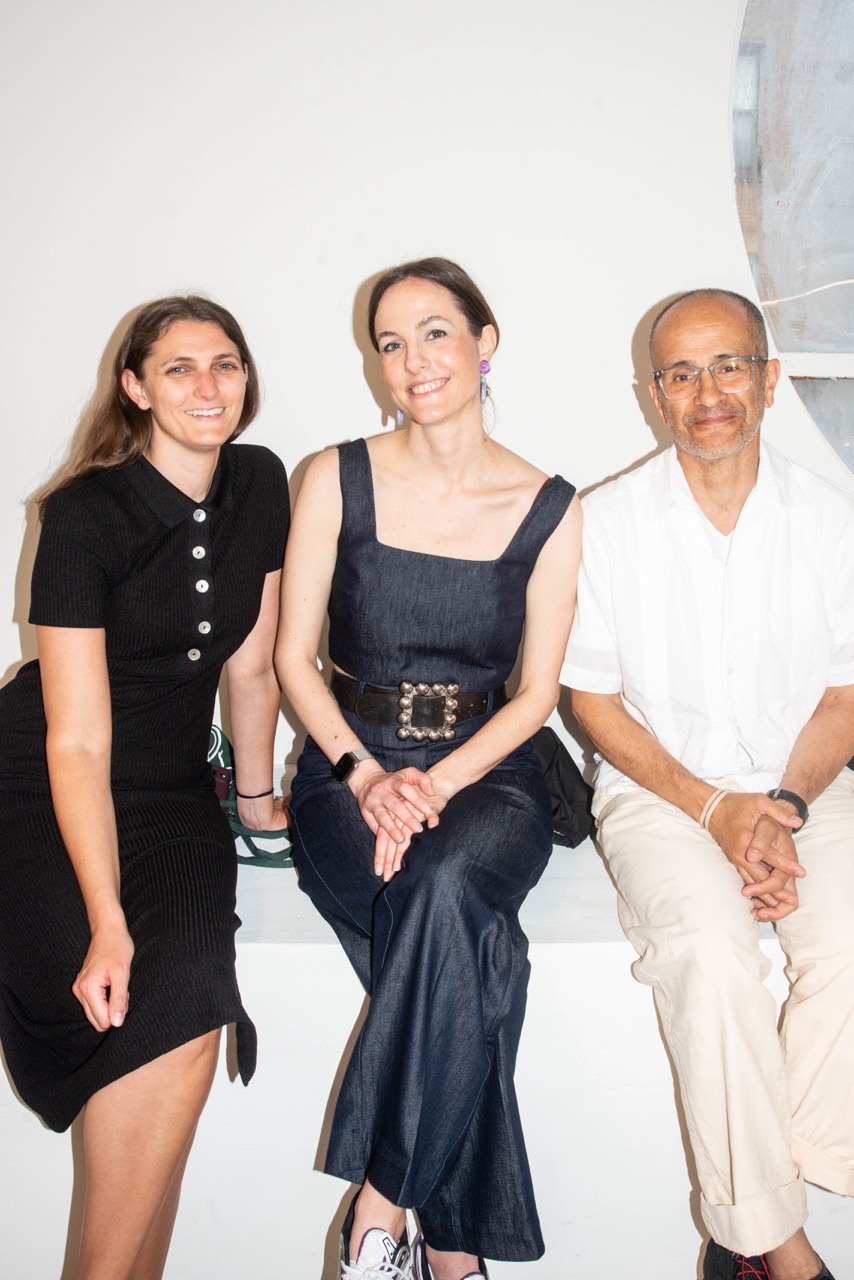
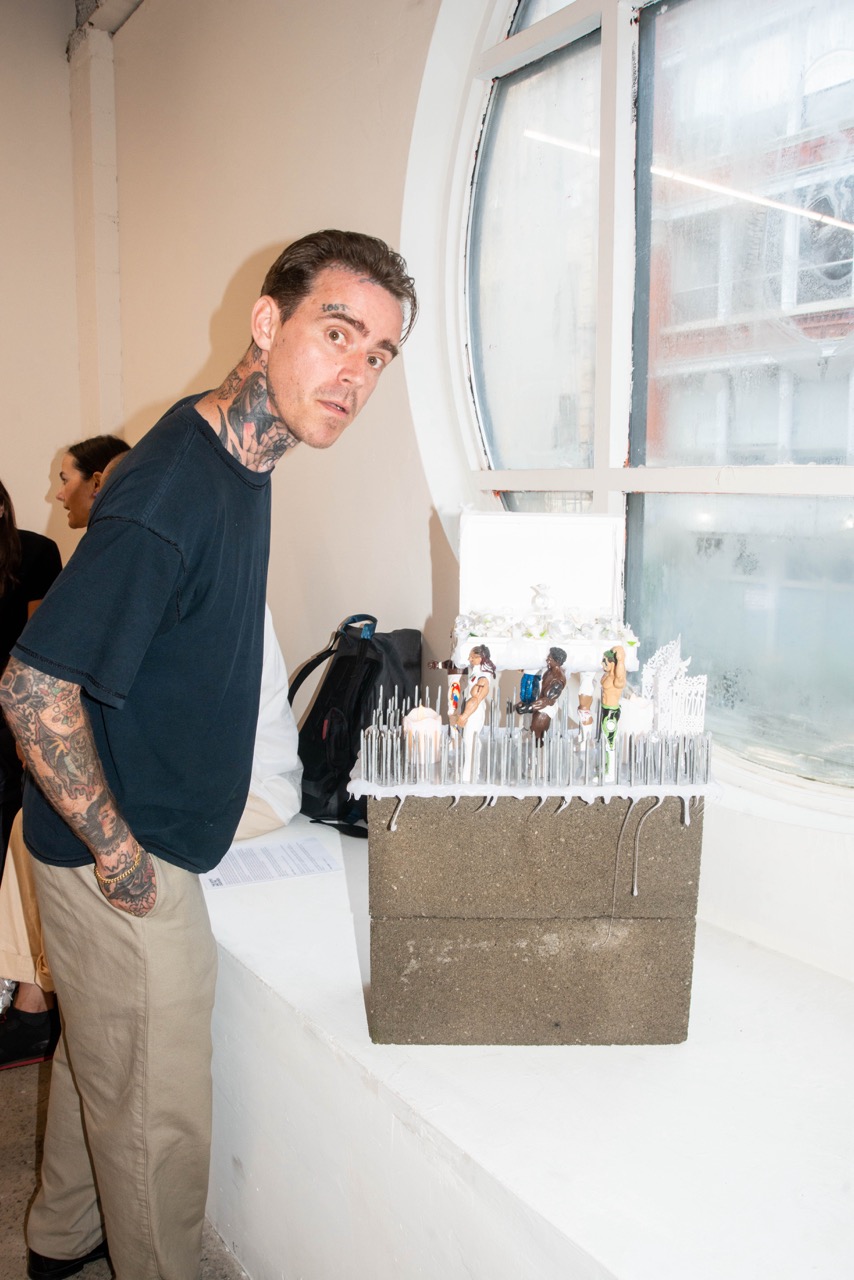
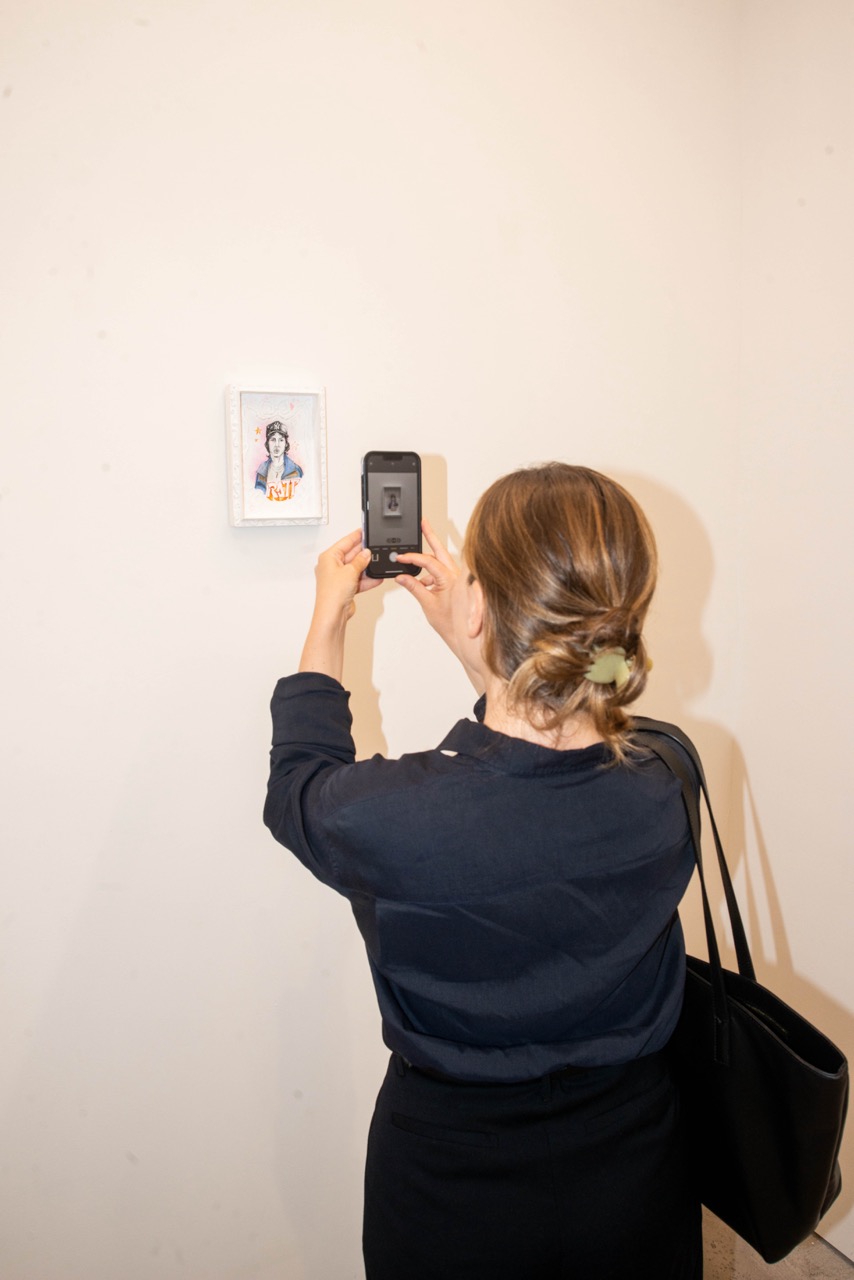
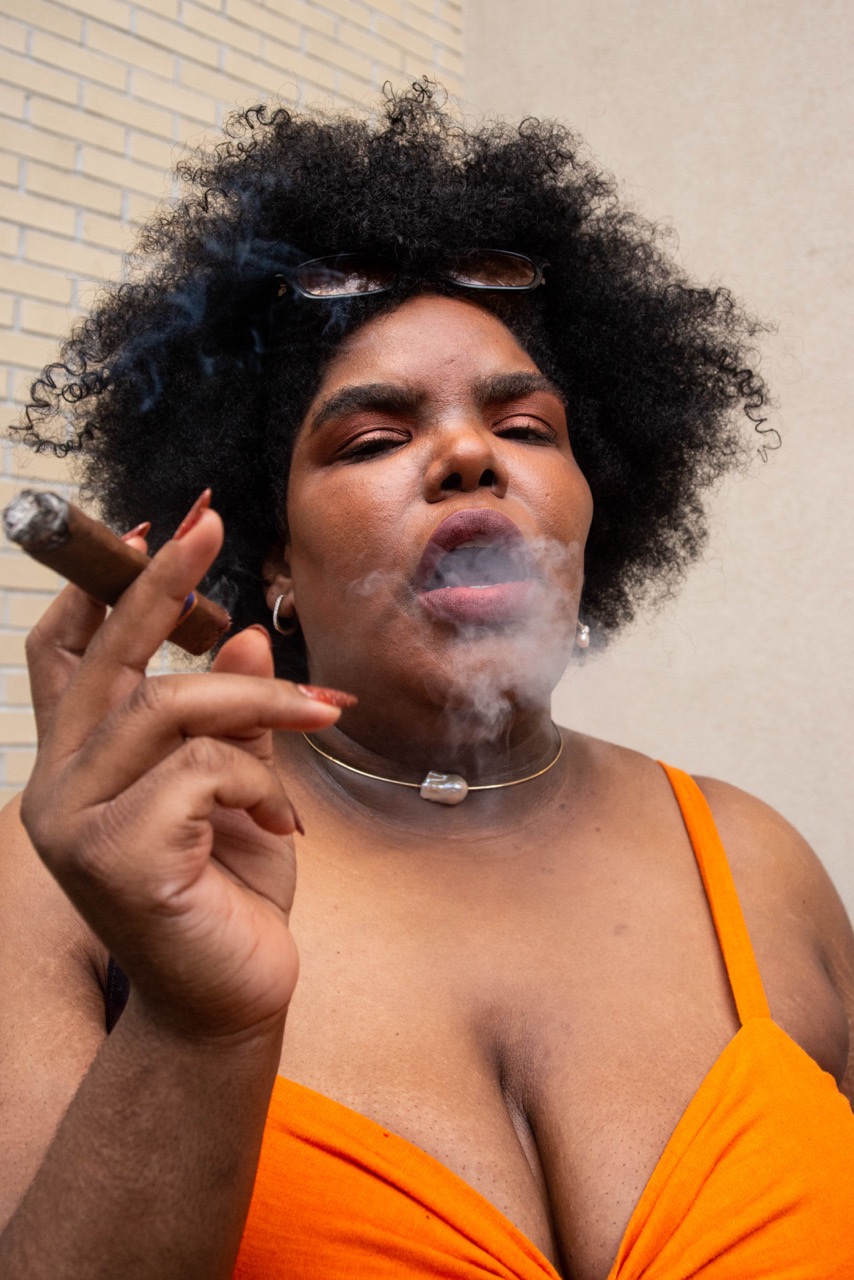
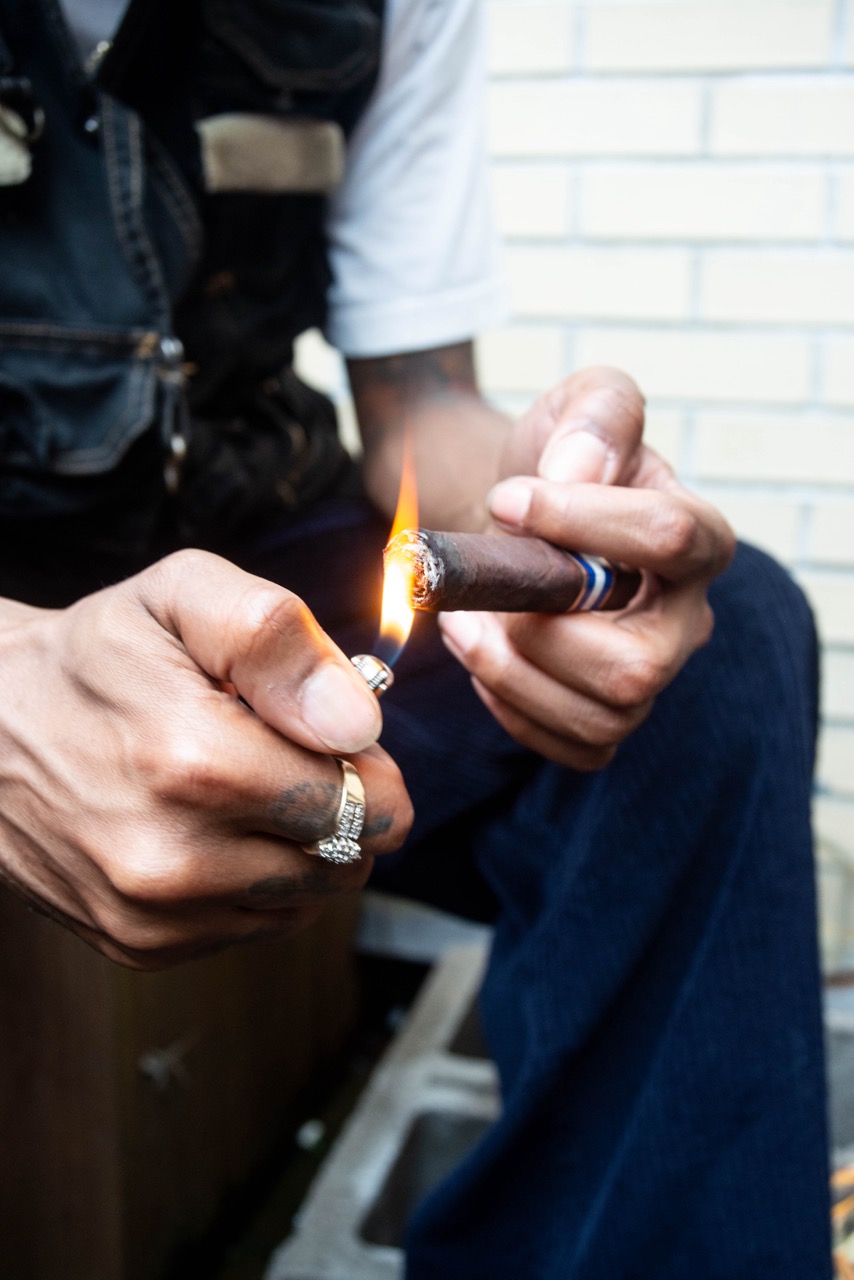
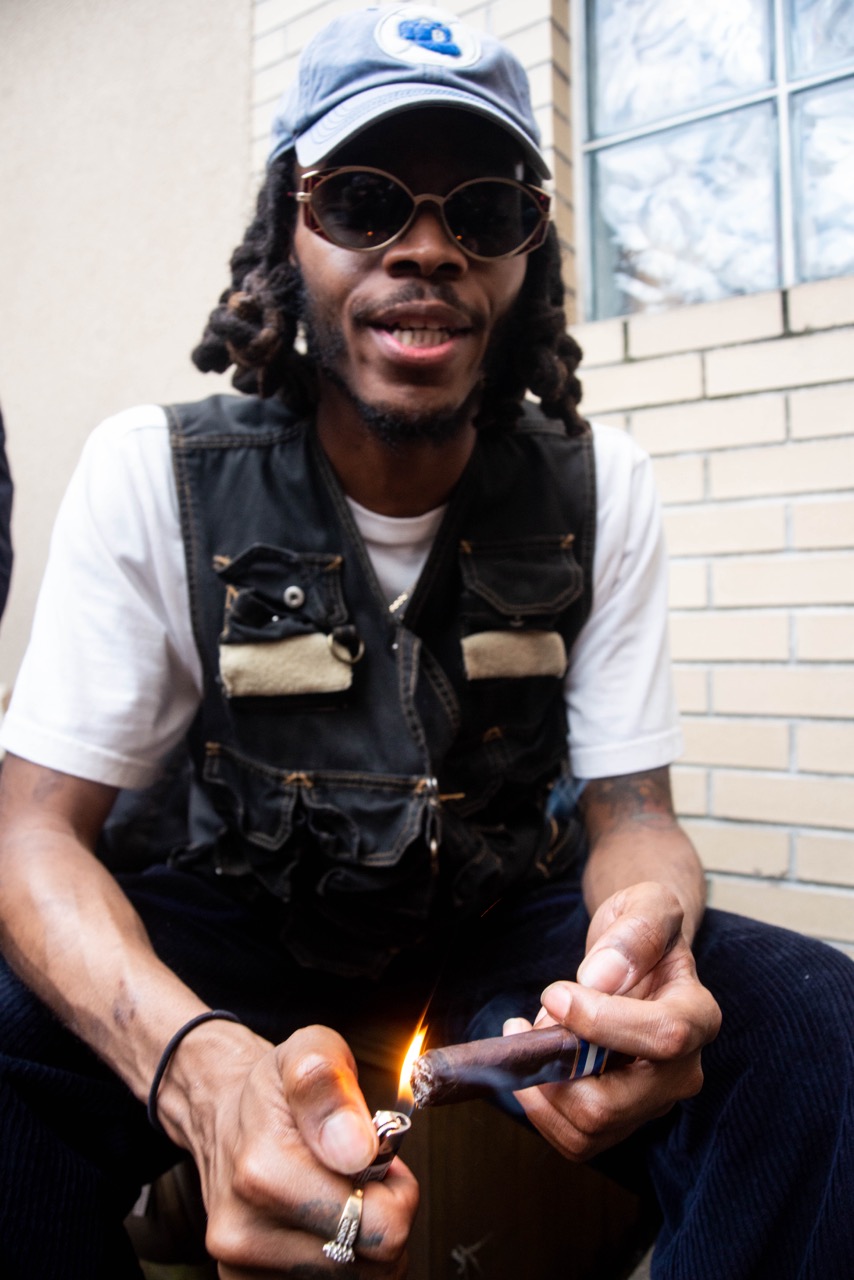
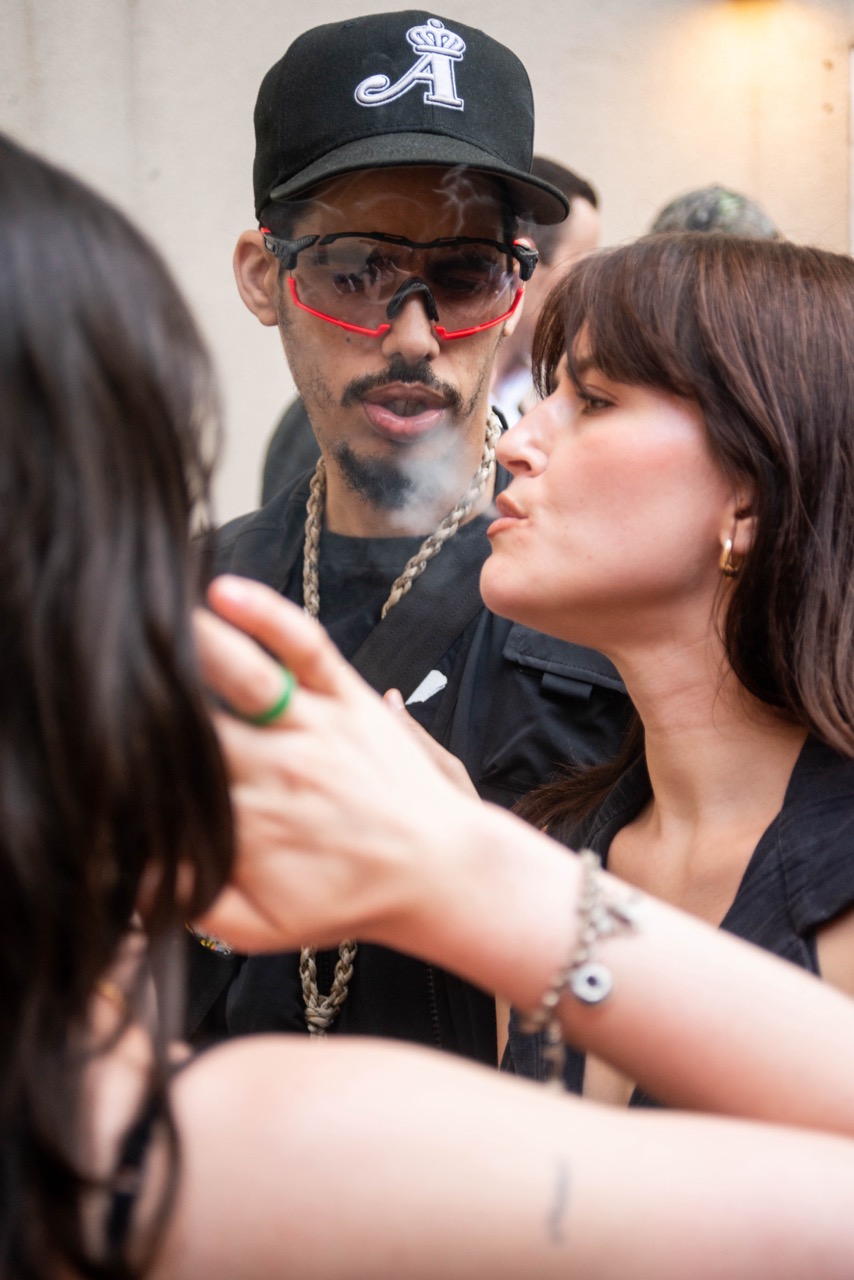
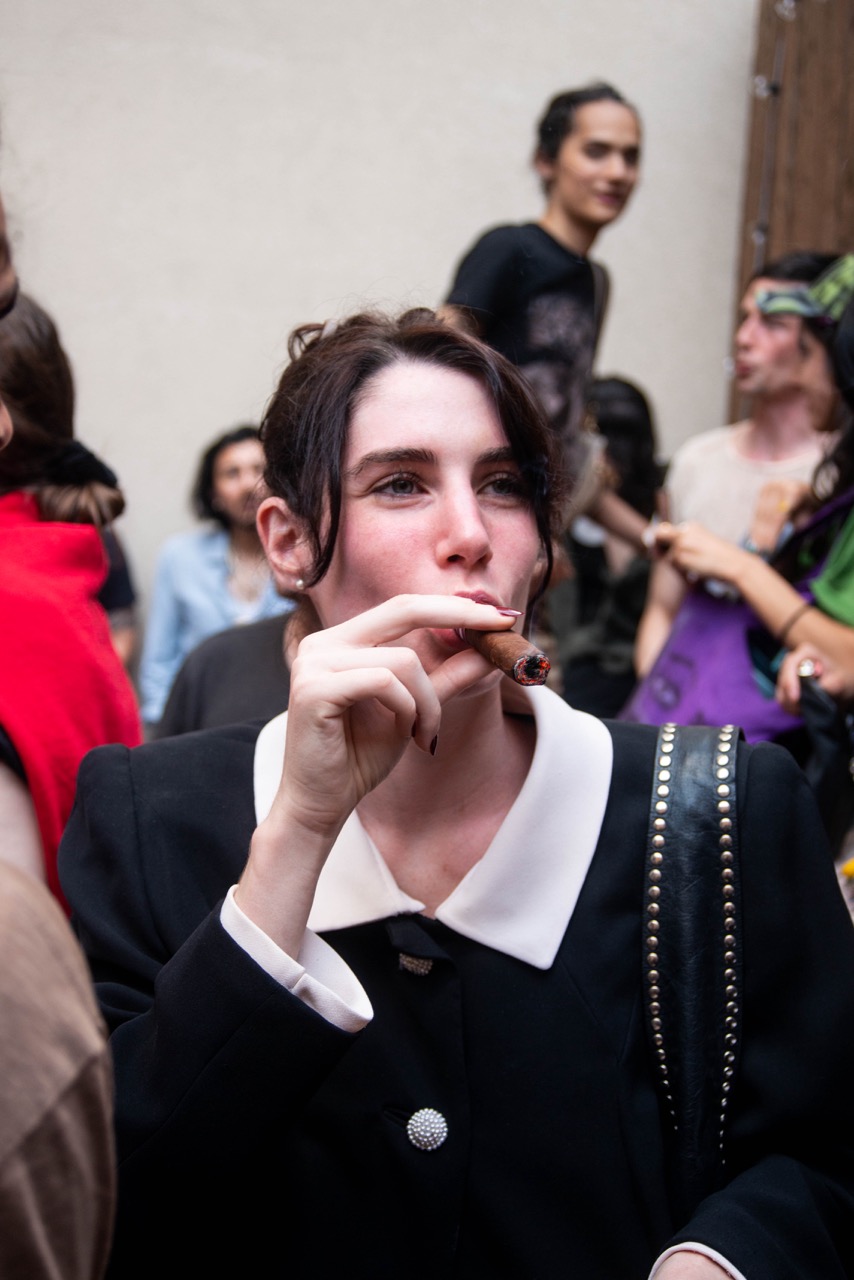
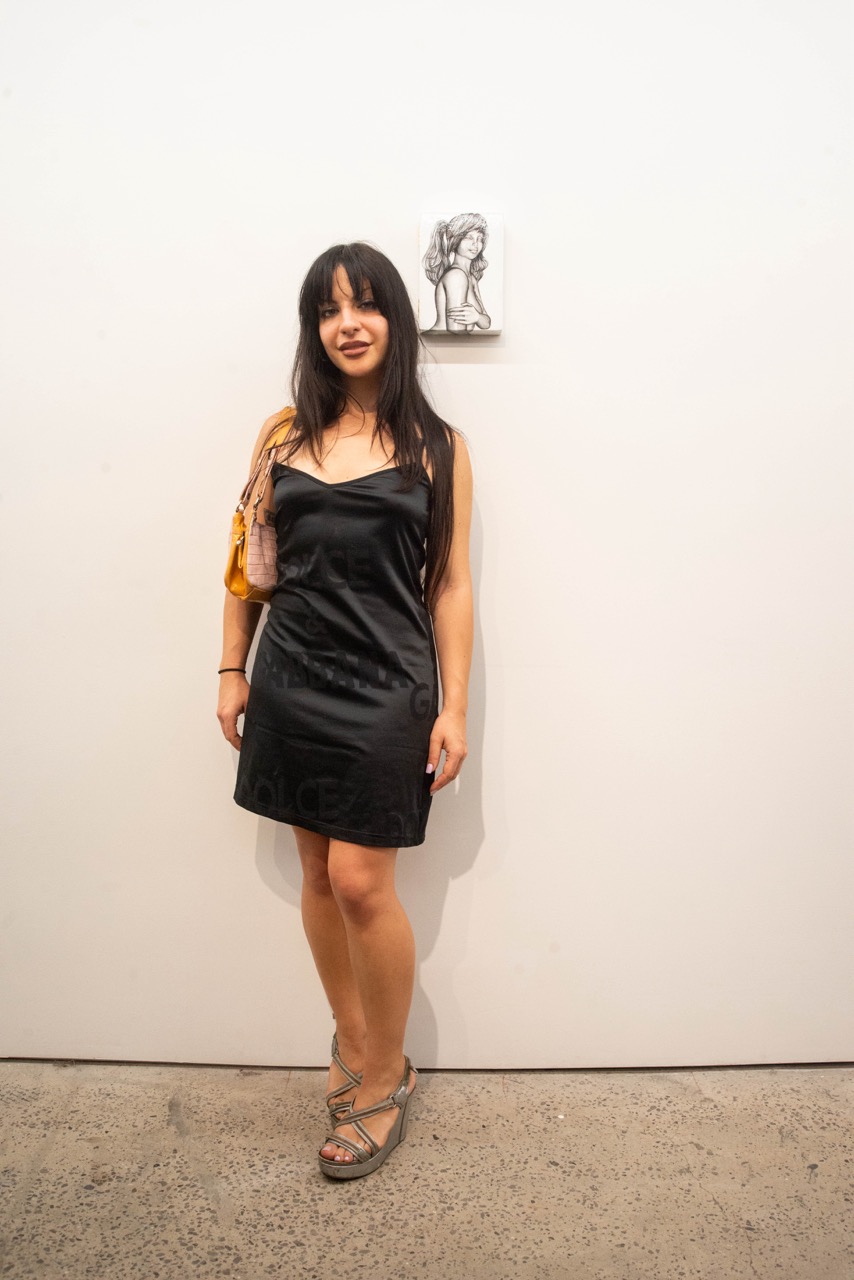

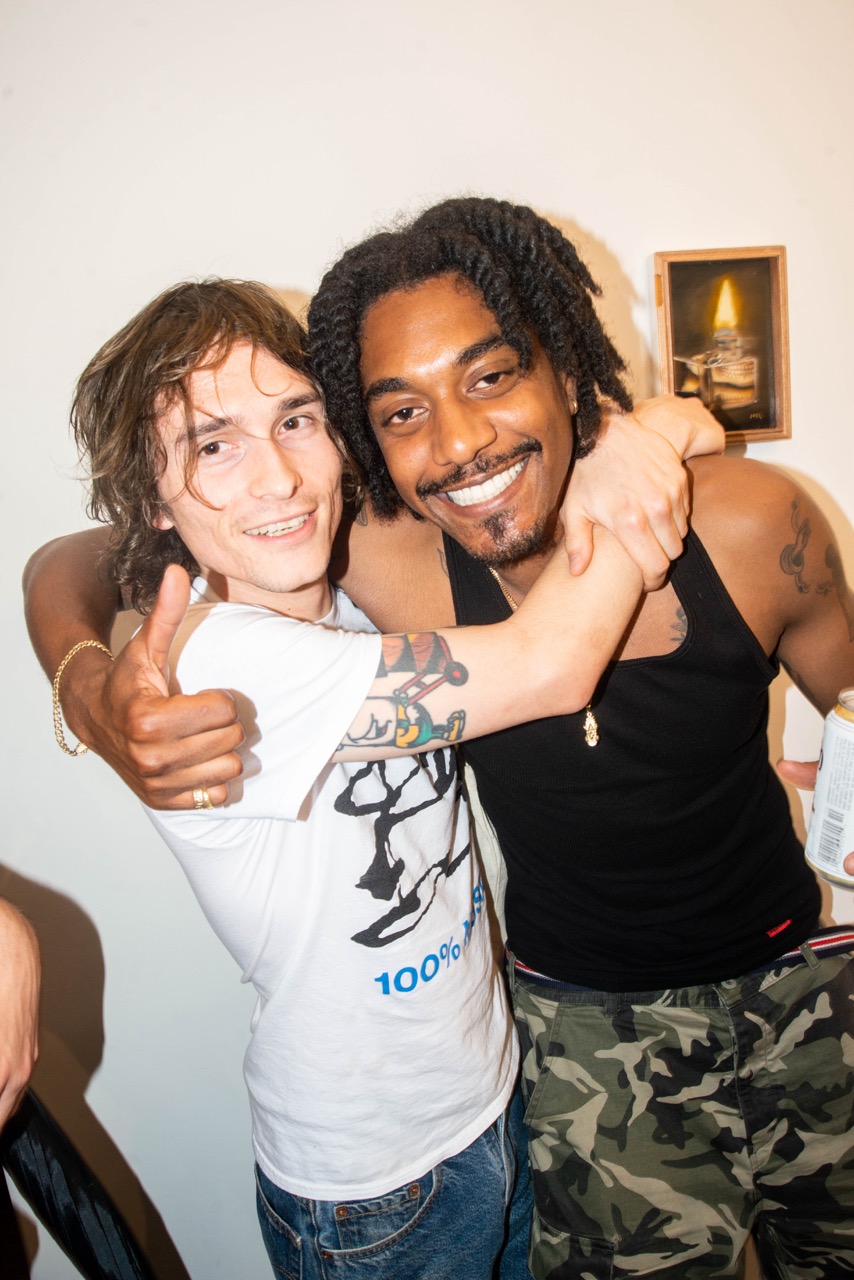
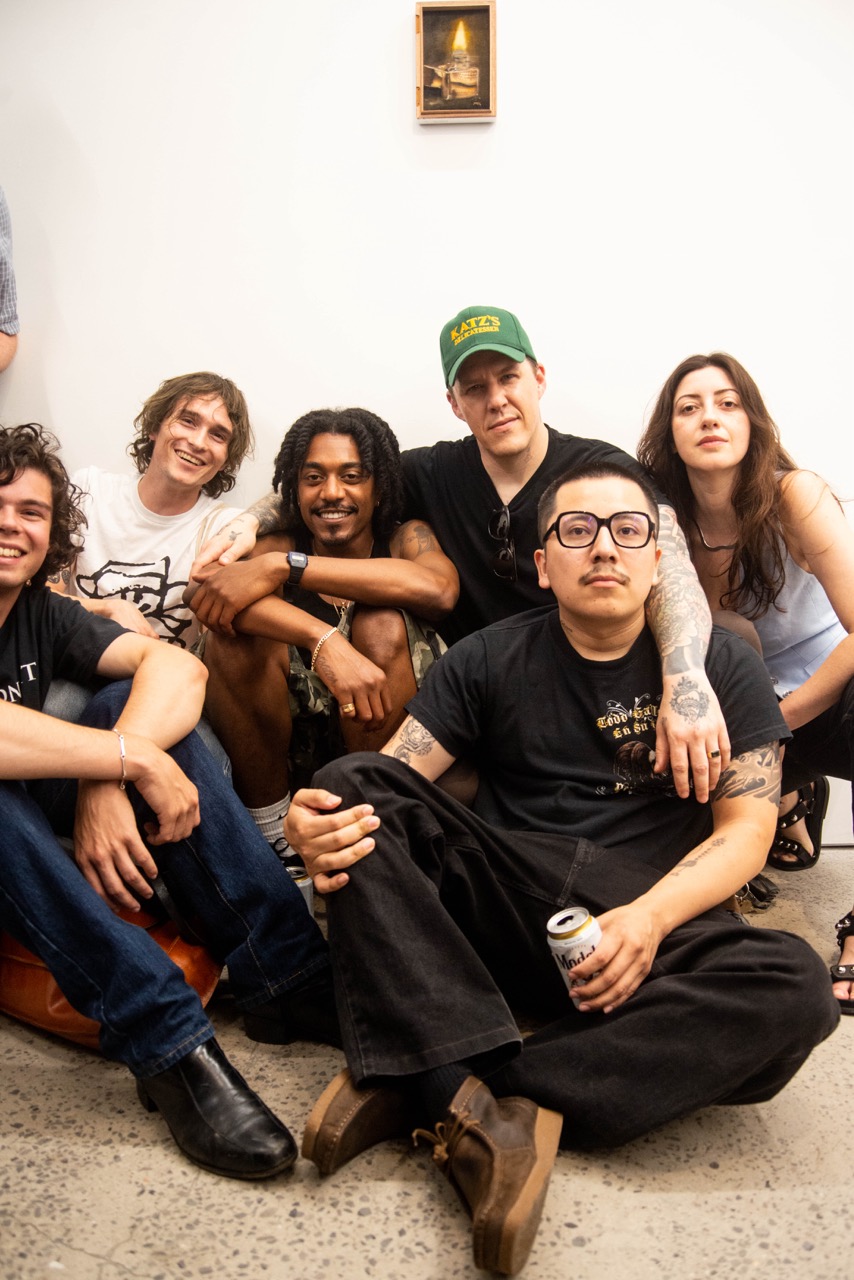
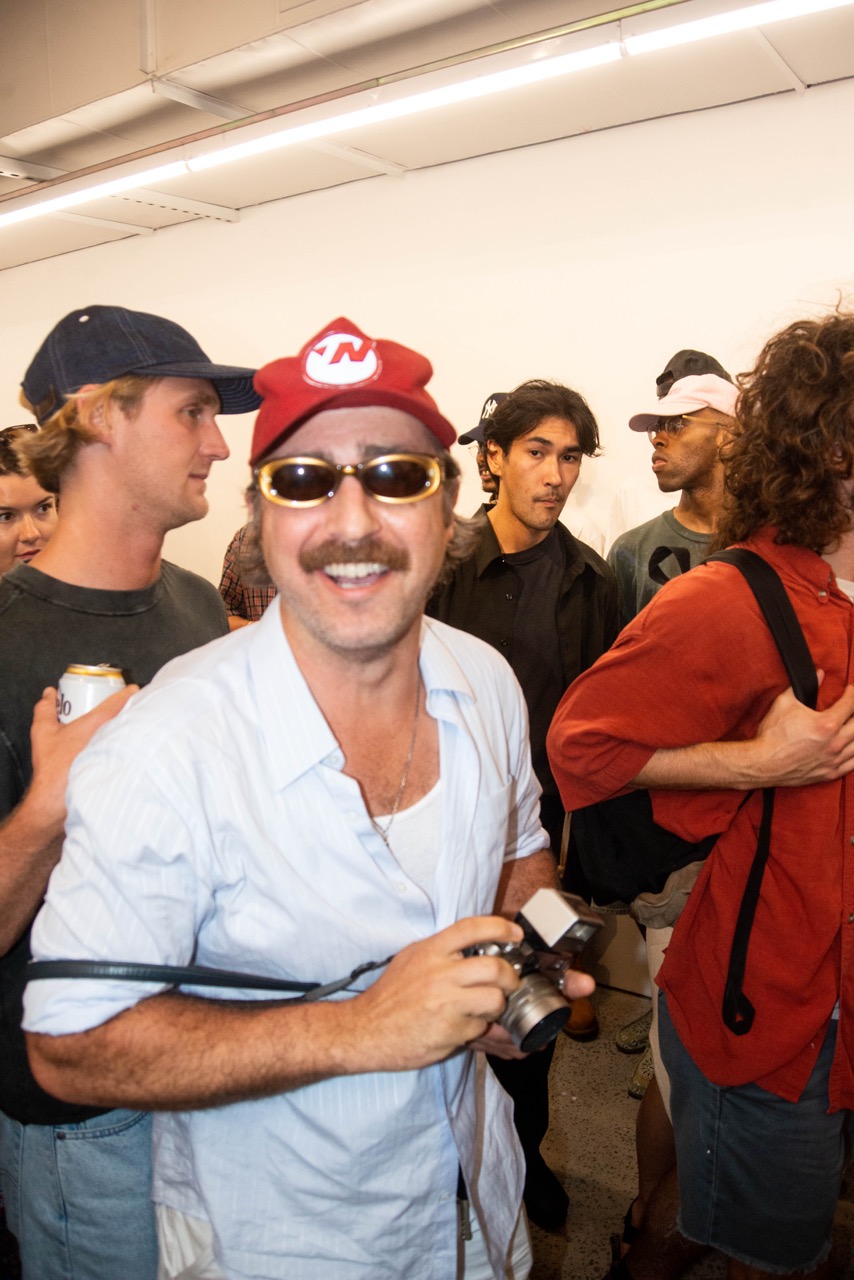
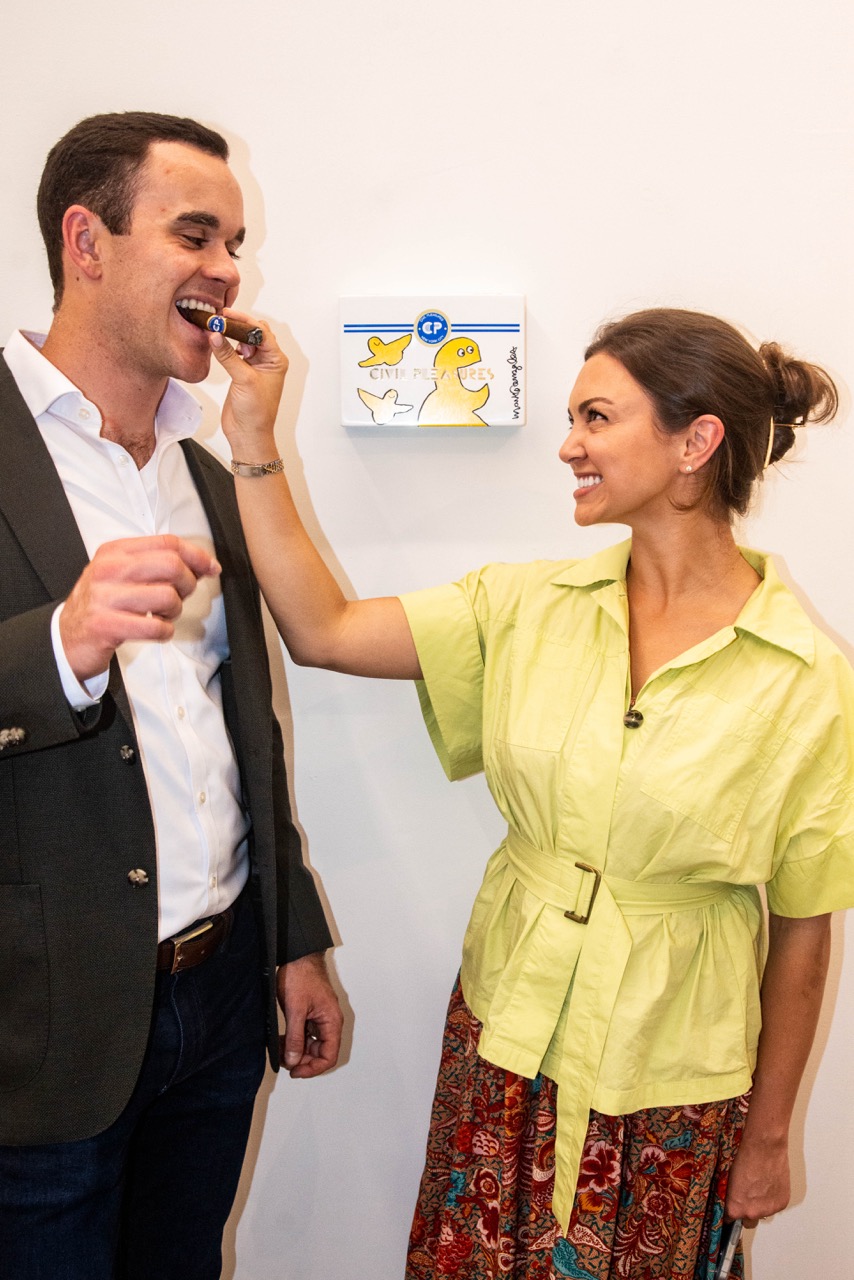
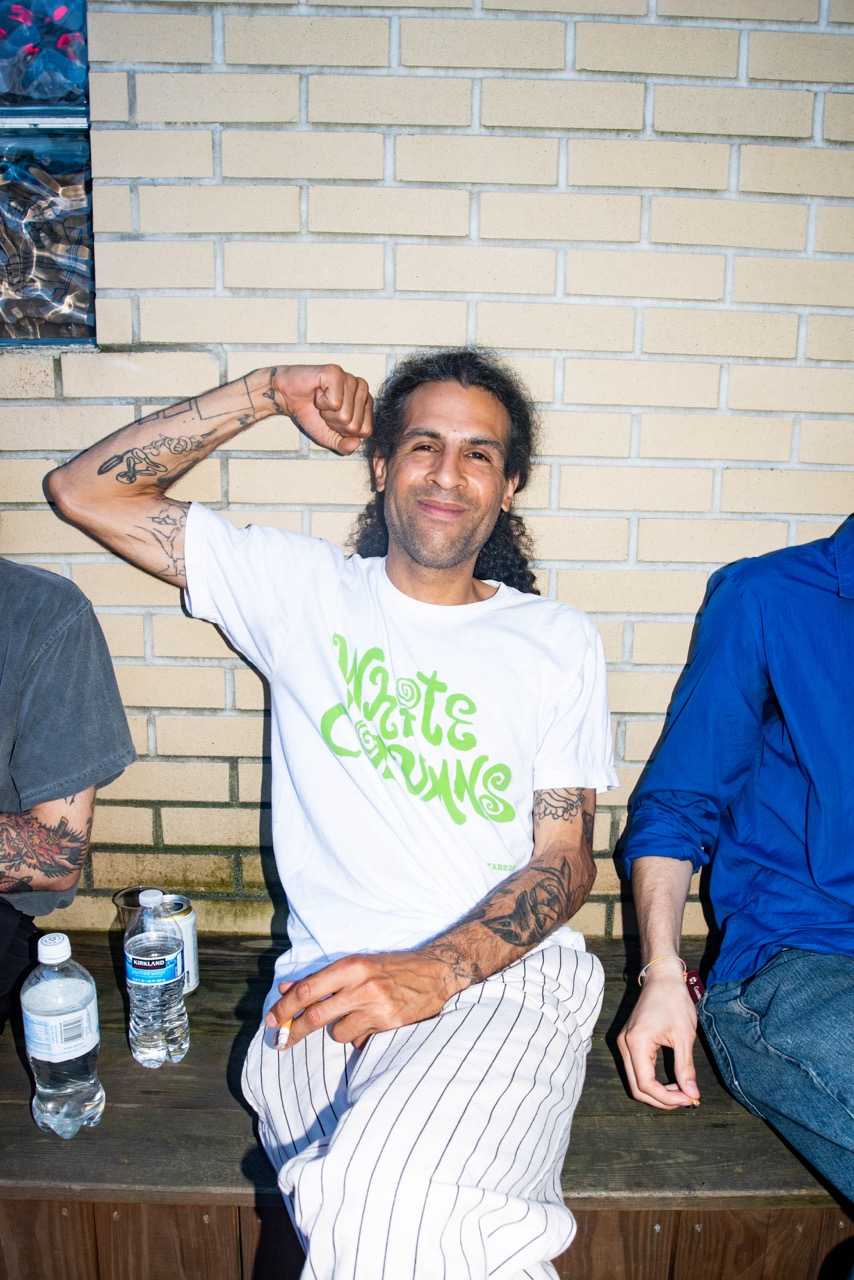

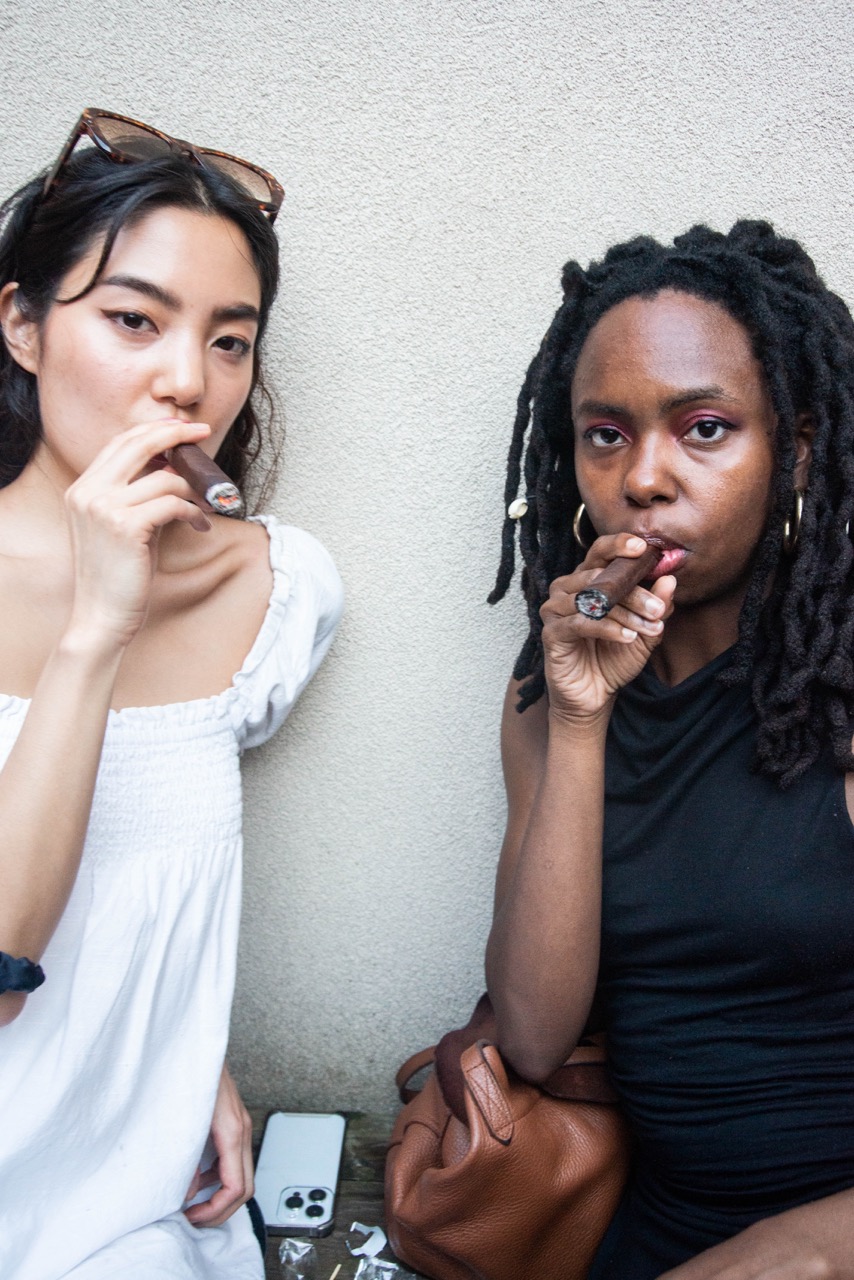

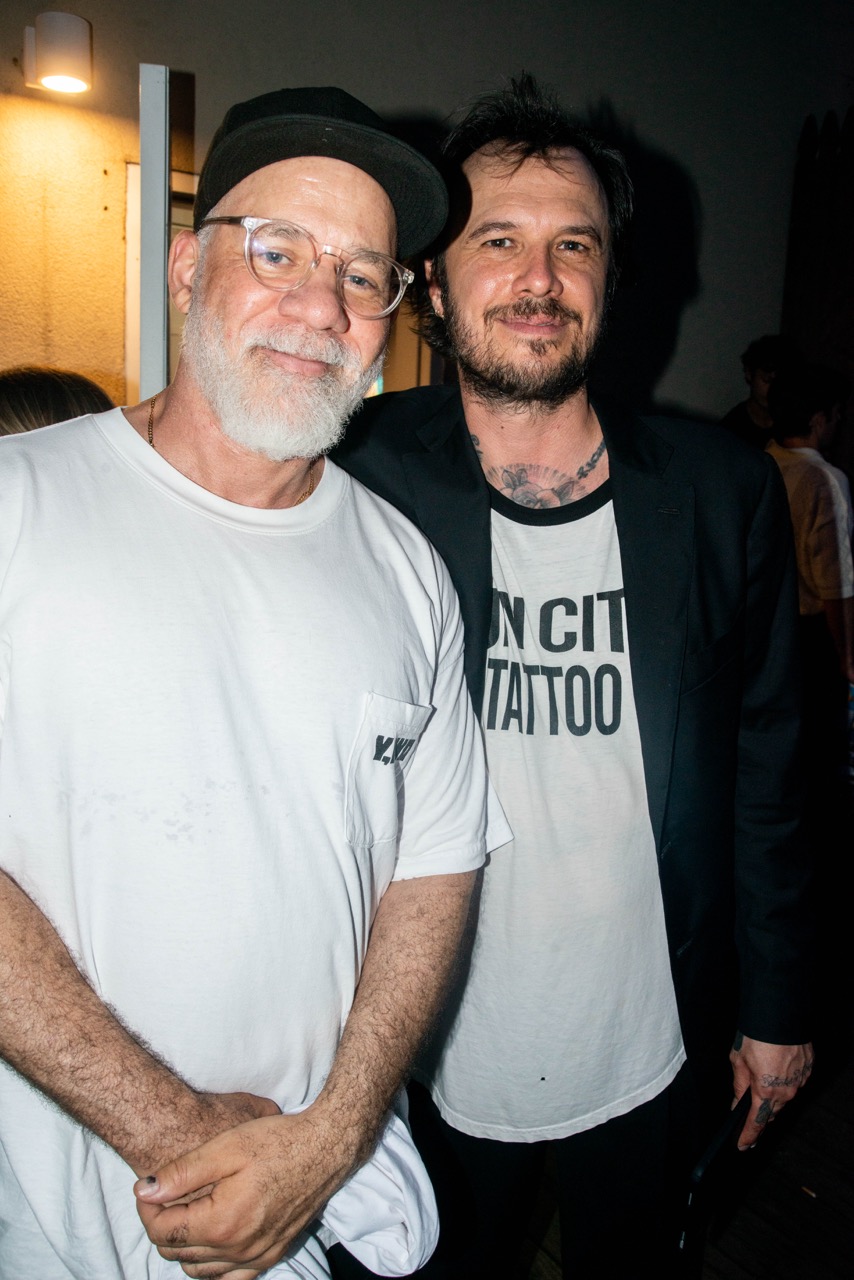
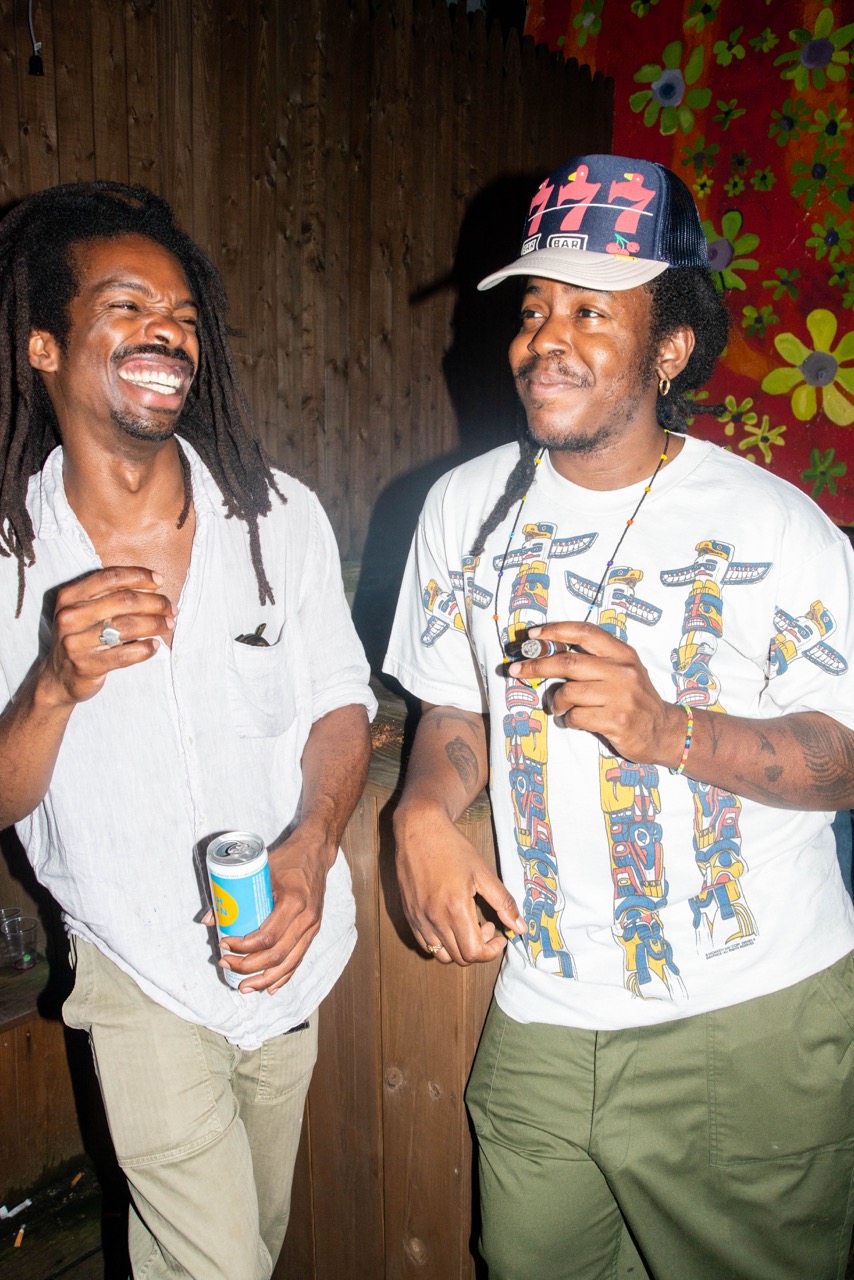
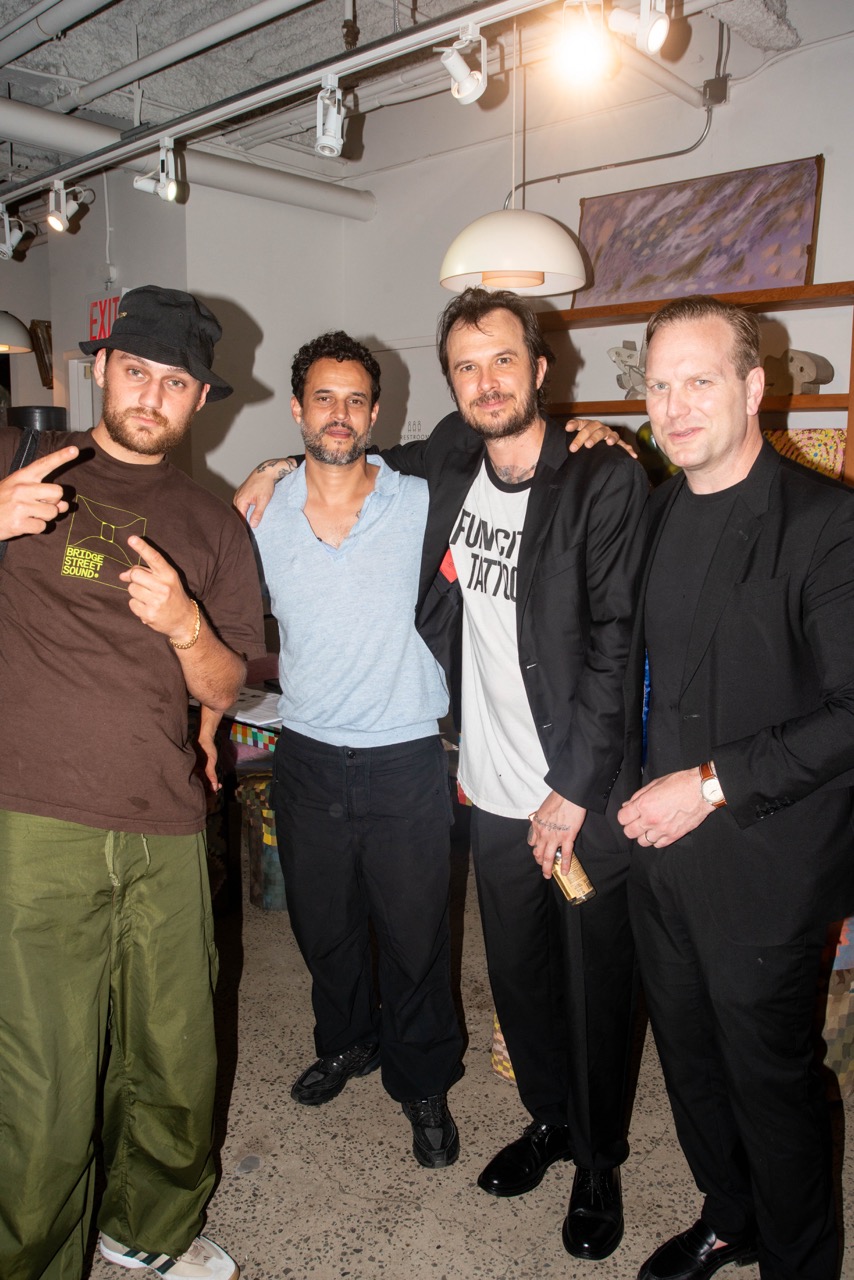

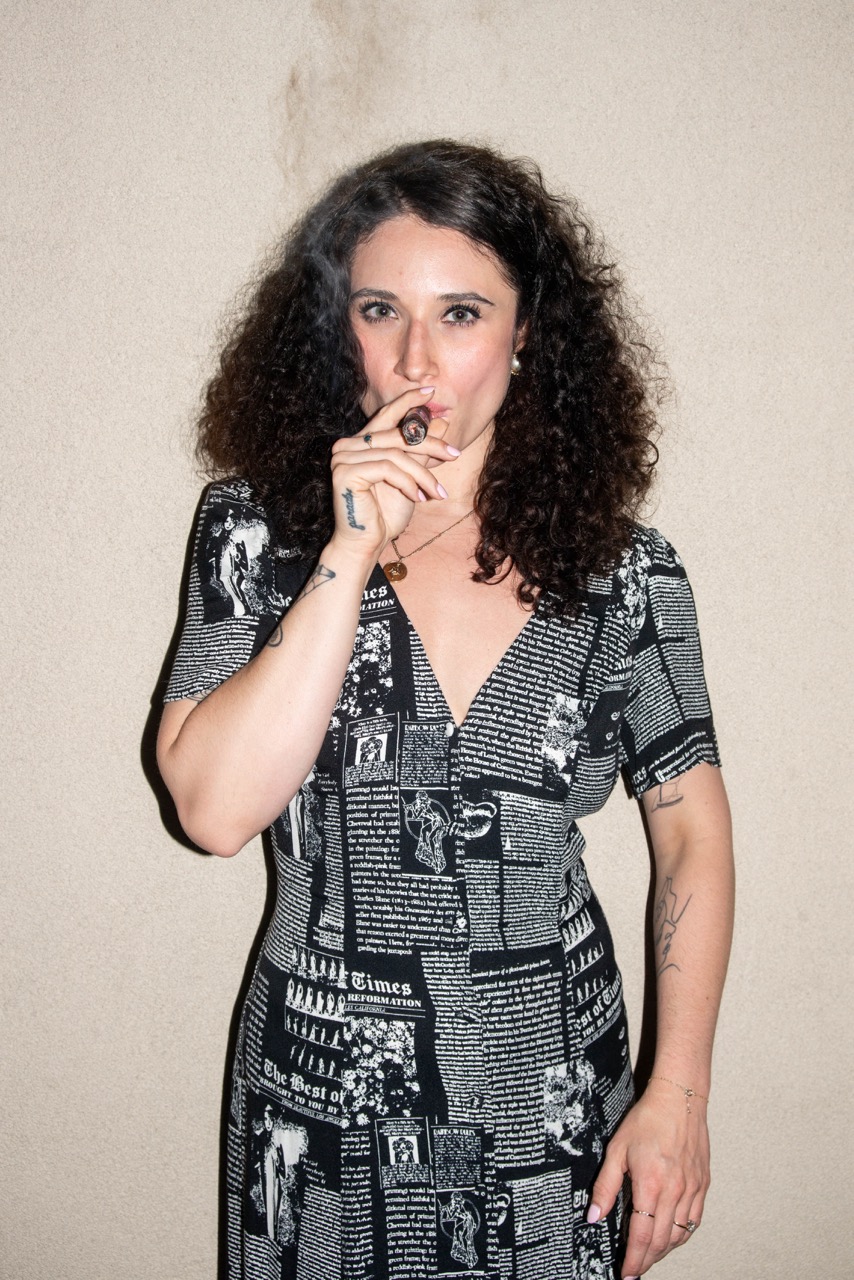
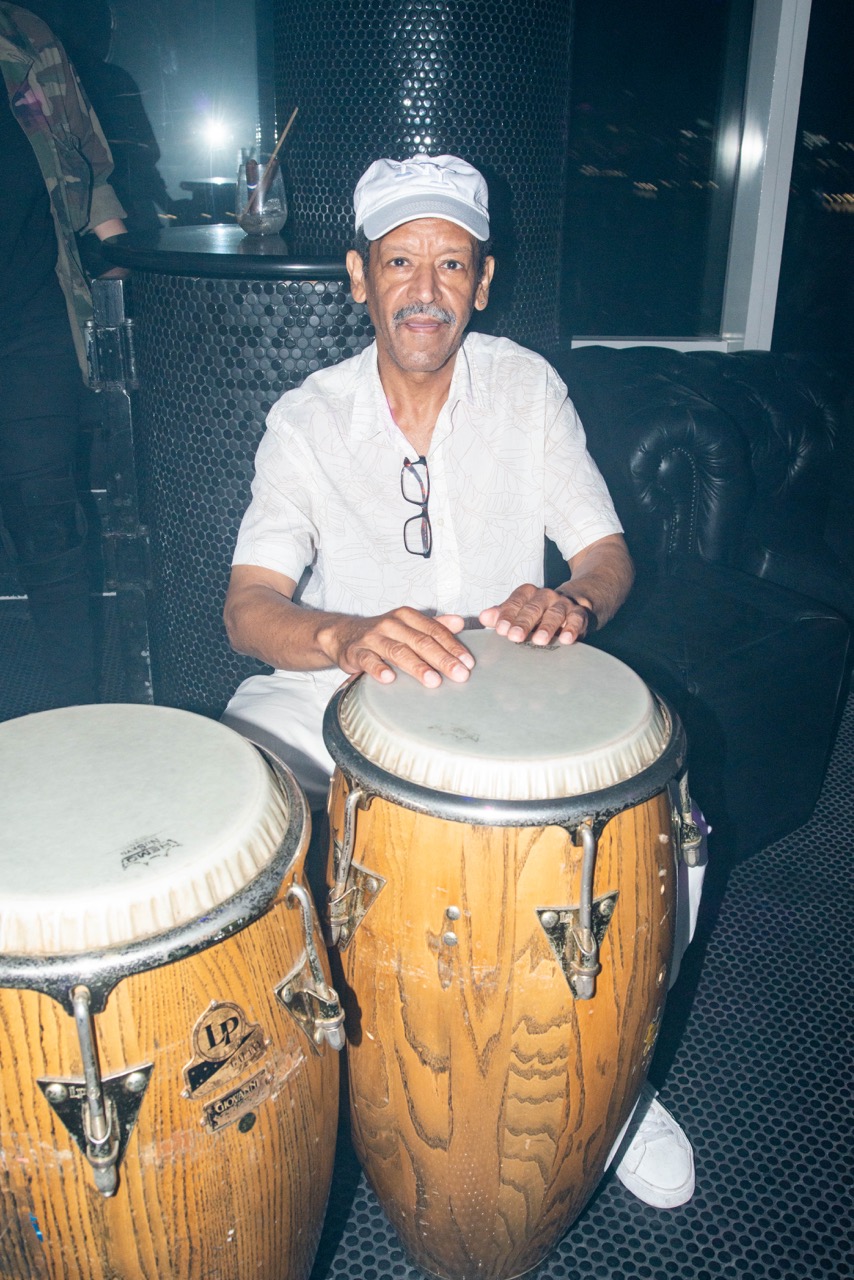
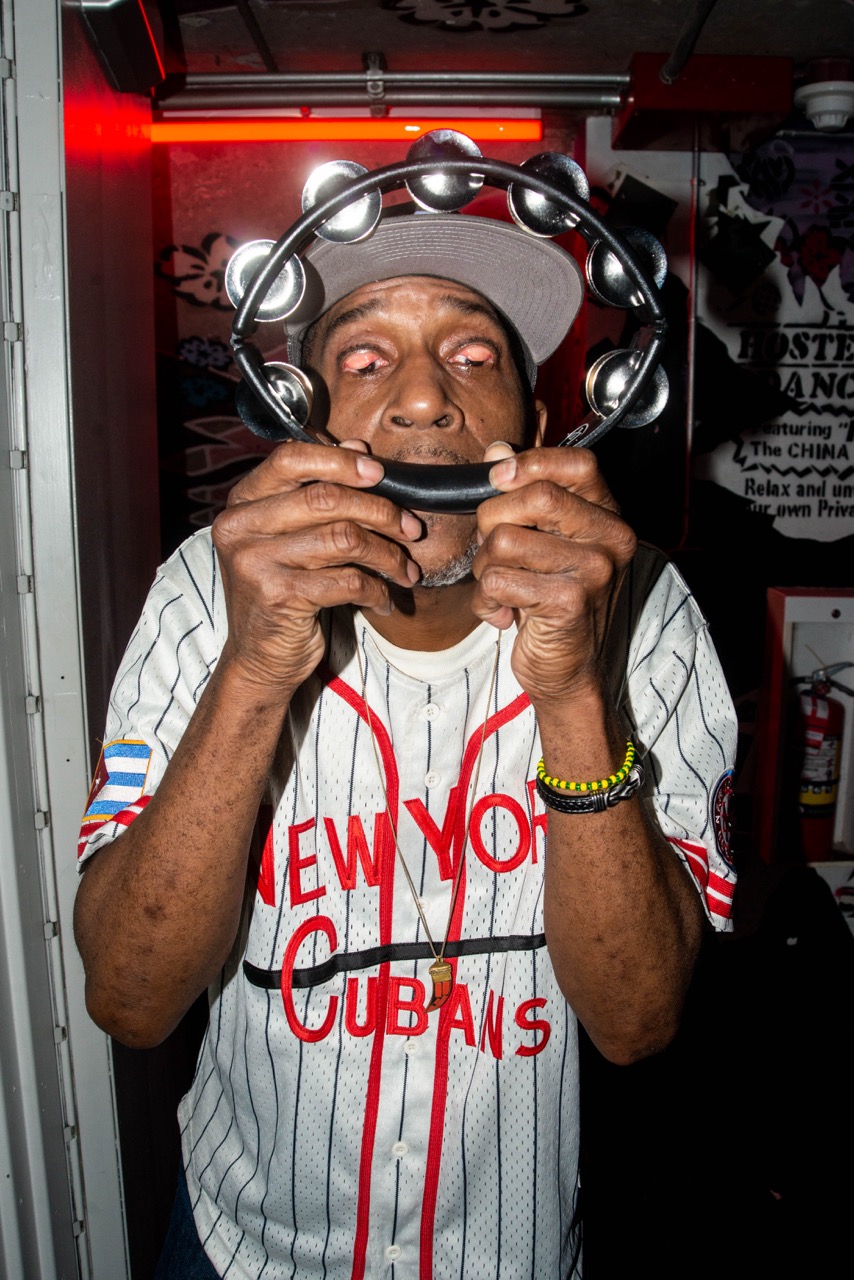

The Artist and the Cigar Box is on view online through June 30th.

Isabella Fox Arias — How does language play into your work? Despite using a visual medium, language is still omnipresent throughout.
Eimear Walshe — The process of making ROMANTIC IRELAND started with writing, and I am very word-oriented, even as a visual artist. Writing comes up high in my communication fluency areas, so my challenge for this pavilion is thinking about the three different things produced.
The first part is the libretto in terms of its development, and that's obviously a writing process. But the challenge with the other aspects, like the video and the sculpture, was to think through, you know, the performers don't speak; they communicate just through gestures.
That was a challenge because I want to get more fluent with working just through gestures. What better way to do that than through dancers with their own vocabulary? I was really lucky to get to work with the dancers, performers, actors, and musicians who convey without words. Then, through the building, it was like thinking about retelling a part of history just through the material itself.
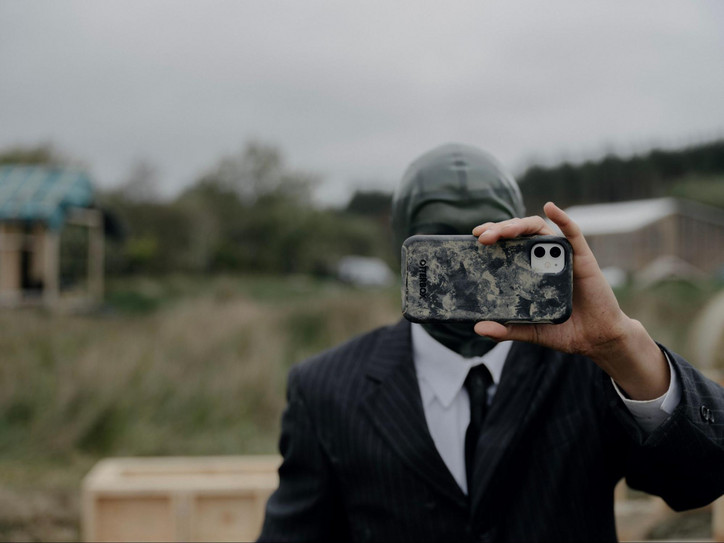
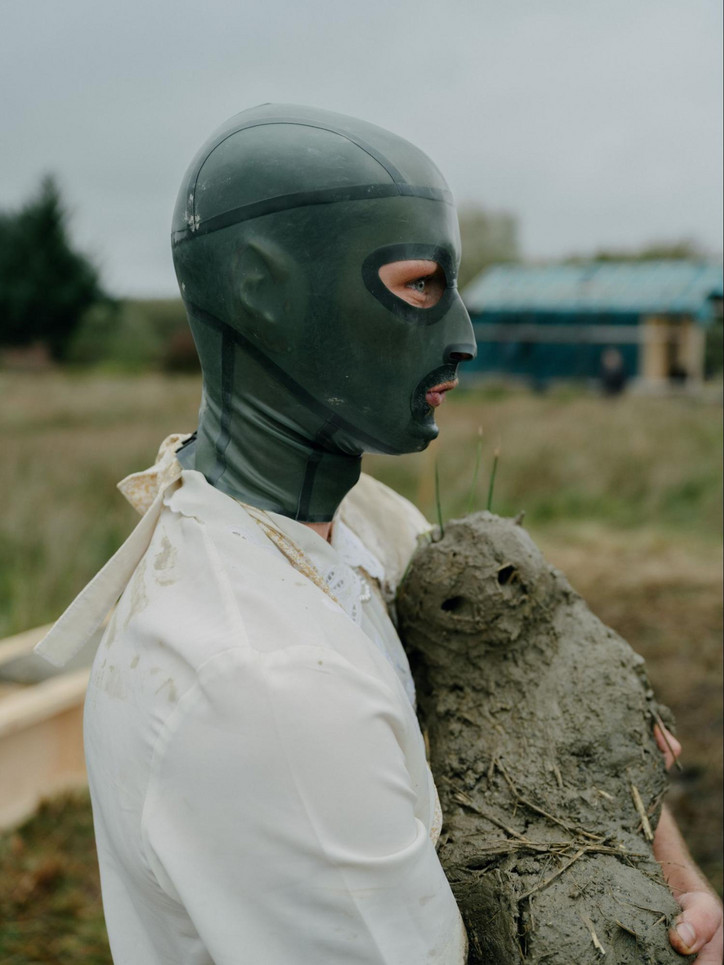

I'd love to hear more about constructing the story of the building.
The libretto text was the starting point and, I suppose, is also like the temporal anchor point in the sequence where the video was set. It's the biography of a building — the building site is the before, the eviction is the destruction of the life of the building, and then the ruin is the afterlife. The libretto about an eviction became the fulcrum of the narrative arc of the pavilion. It's central and primary, but I think it's also something that I try to challenge myself with. That's why it's so special to get to work with other people: you find out their languages, their fluencies, and their modes of conveyance.
Have you worked with dancers before, or is this your first time working so heavily with just a movement-based language?
Yeah, this is my first time. I got Mufutau Yusuf on board at the very start. I did that because, in his work, he has the ability to communicate incredibly large volumes and intensity through very minimalistic gestures. Some of his works involve really explosive, hugely energetic movement, but then others involve microscopic movement, like having individualized control of a whole sort of fan of muscles on your body. That extends into the kind of narrative that he is able to make through those really microscopic movements. I remember seeing one of his performances that involved moving a bicycle a tiny bit backward and forward. It's just incredibly beautiful. That ubiquitous movement captured and repeated was really of interest to me in terms of the earth building. The brief or the remit for the movement and why I was so comfortable working with Mufutau as a choreographer was I don't really want there to be dancing. I wanted to be built around the types of movements required for this kind of labor and building practice.
Working with Mufutau, Rima Baransi, and Gallia Conroy, who were the crew members with strong backgrounds in dance, was really inspiring. They just have a different way of creating. I was able to write the scripts really differently than I usually would; I'm usually a little bit over-contrived. People who are improvisational dancers are going to challenge that. For some parts of the script, I just bought laminated photographs of pieces of furniture.
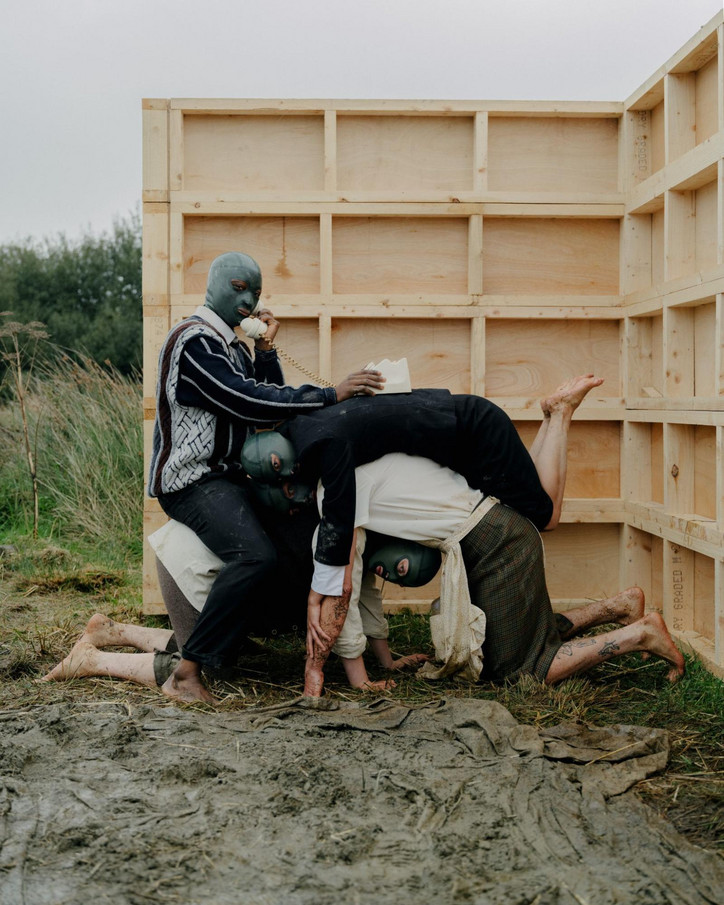

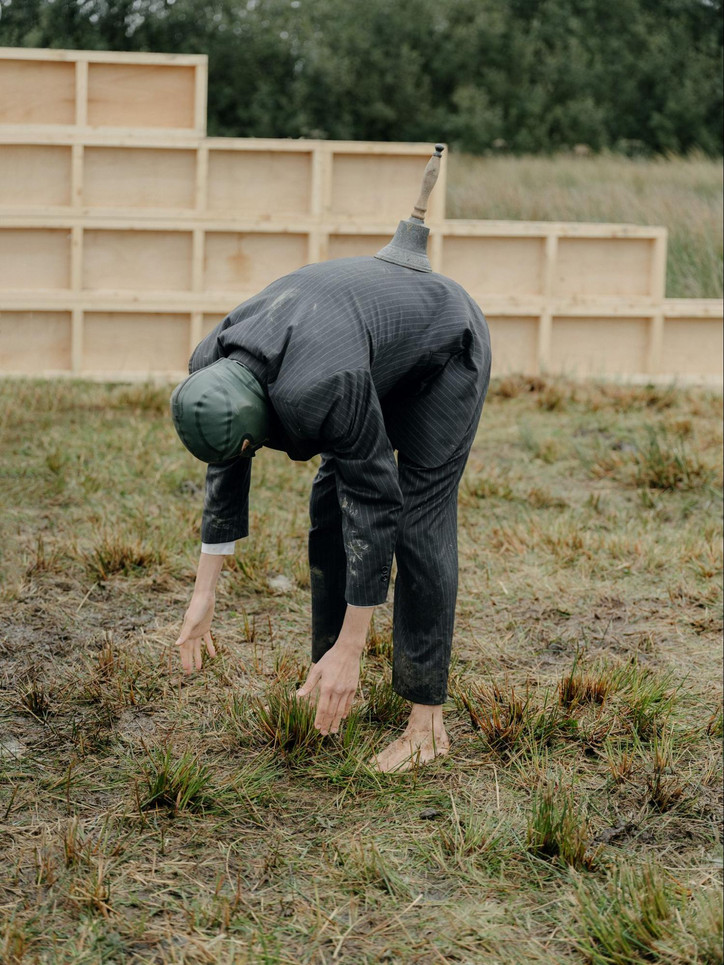
What kind of furniture did you bring?
One of the really important ones was a phone stand, which is a funny mid to late-20th-century piece of furniture that you'd have in your hallway. There's a little door, you put your phone book in a little press, the phone is up high, and there's a little place to sit. That appears in some of the photo documentation of the work. Erin plays the harp, so she needed a harp stool; my businessman needed a big mahogany desk, so we made that out of our bodies, and the landlord wanted to shit on everyone, so we made them a toilet. That was incredible because it was not an area of aptitude for me. It was really special getting to work with people who were not even exclusively in that field but who have such strength in that area.
That's wonderful! I was also interested in your choice of using masks for your dancers. I found it powerful that the identity was erased from the dancers, and instead, they became almost monster-like.
Yeah, I mean, those masks have really different associations for different people. People asked me the least about the sort of monster alien end of the spectrum, and I'm excited to talk about that, actually.
Really? It was my first thought watching the piece.
Yeah, I guess there is a spectrum of associations with those masks. Their primary use is their fetish objects, and they're from a latex company that produces custom whatever you want sort of latex pieces in any color. They're in olive green, so they also have an association with Ireland, the military, and the colors that were worn by volunteers in our revolutionary history. Also, any kind of face covering is often associated with clandestine activities. There's some kind of line between deviance and criminality when you have to cover your face because of what you're doing. Thinking about the different types of external forces that create the necessity for that but also thinking about, especially the fact that they all wear it even though they're all from different historical and class positions, this kind of universal marker.
The monster bit is really relevant because I'm thinking about the way that colonized people, whenever they resist in any way, shape, or form, including peacefully, are constructed as terrorists. That's definitely something that's at play with this. These constructions of forced clandestinisation, deviancy, and the relationship between armed resistance and liberty. All this is painted on them, and then they act out a soap opera. I suppose what I'm asking of the viewer is, can you when you see them go through all these daily activities, can you identify with them anyway, even though they've been othered by this costuming?


You mentioned otherness, which I felt while watching your work. You piece made me think about otherness and its relation to being a queer artist. You are non-binary and your work deals a lot with transient middle space that exists between two extremes. I’m thinking about how your work deals with coming from a land that was both the colonizer and the colonized. There's not really a question there.
But you're onto something aren't you? You certainly are.
Yeah, this is what your work has been making me think about.
I think there are two things with that: the interest in forced clan destination probably does come from thinking about the kind of bargains that you cut, and there are the invitations to self-betrayal, which includes betrayal of your history, betrayal of your ancestral struggle, and betrayal of your peers. That's certainly something that I'm thinking about with this. What you were saying in terms of Ireland as a colonized, a settler colony, but also the agent of, certainly in a really extensive way, religious imperialism. We tend to be a bit less keen to discuss.
Then secondly, the assistance to the extension of, and the aiding of, for example, US imperialism. We are a colonized nation that aids in the colonization of others and has learned nothing. In terms of what that has to do with being non-binary, maybe there's something very kind of simple in terms of creating a narrative film where there are no goodies or baddies. Why is Ireland so keen to discuss its victimhood in relation to colonization and so shy of or even in denial of how it perpetuated it? Part of it is because narrative framing doesn't allow you the complexity to have both, and that's also the case in lots of other kinds of categories.

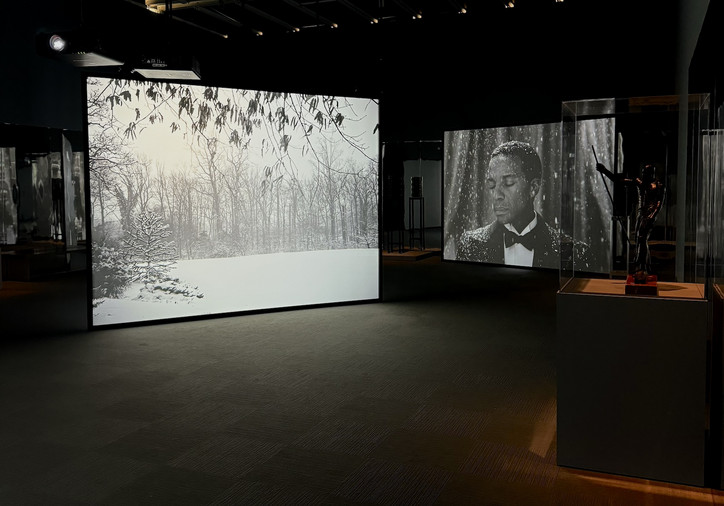
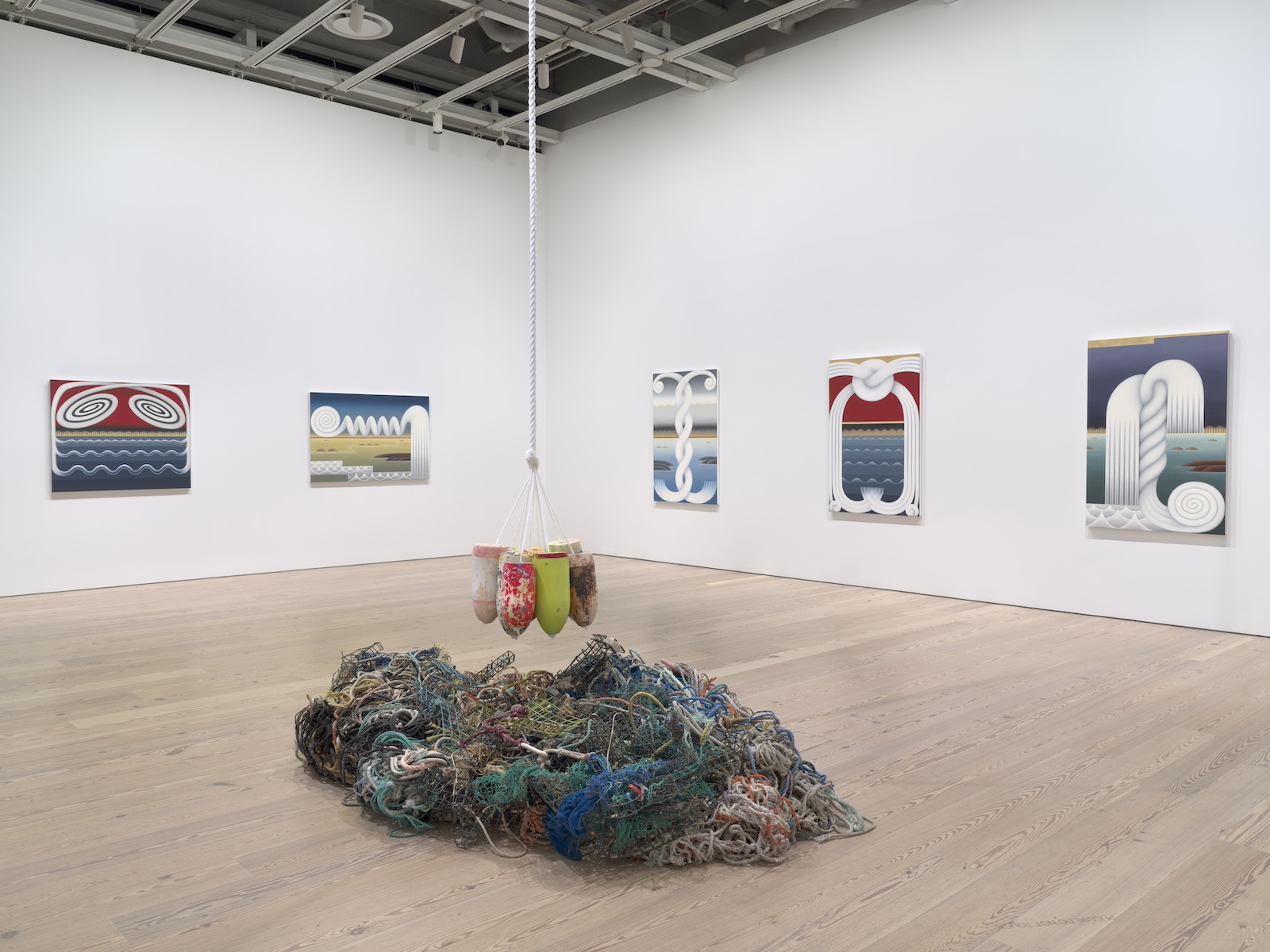
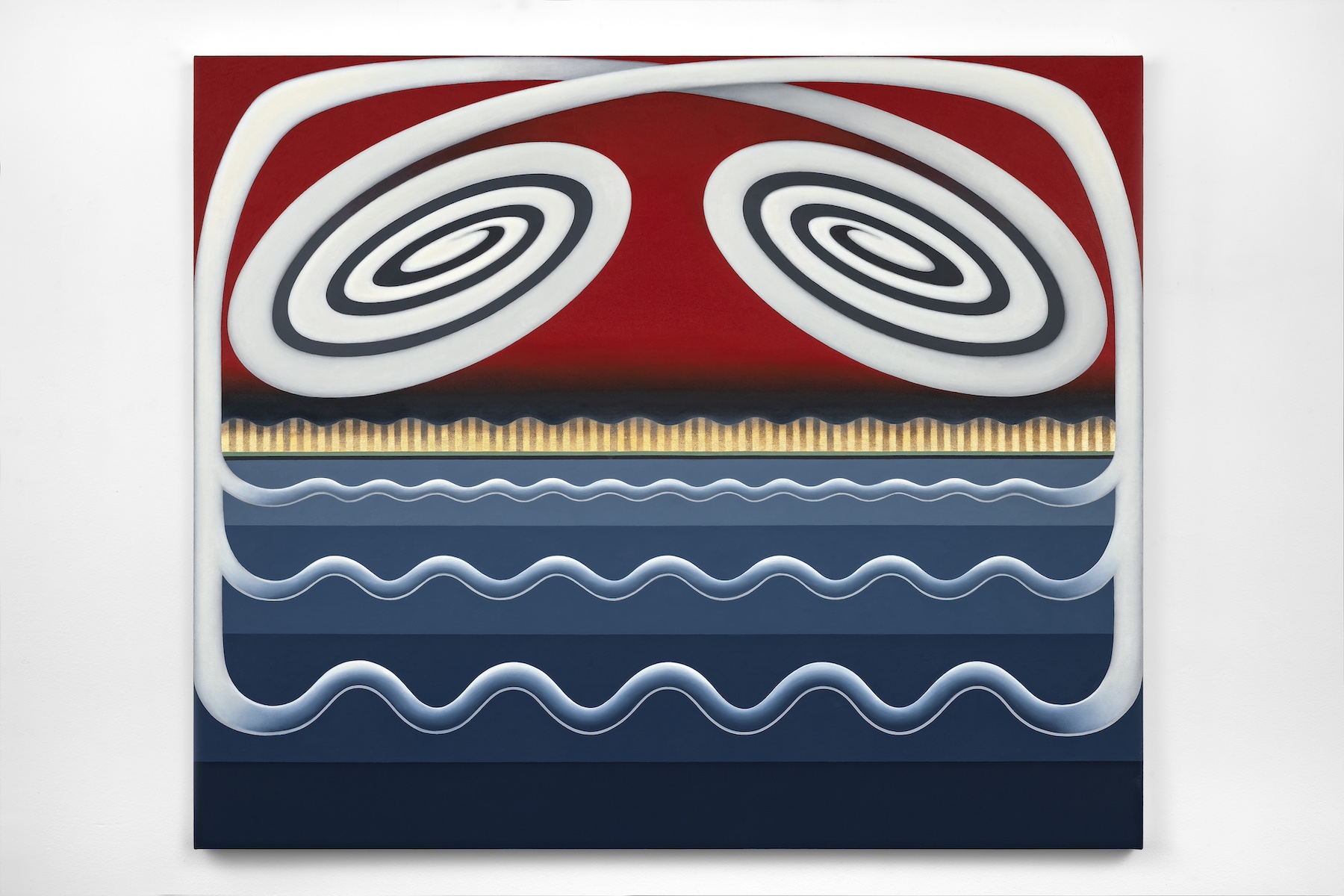
Abstraction in Reverse
By Kyle Carrero Lopez
after Takako Yamaguchi
The laptop logo looks like a cartoon apple
and the cartoon apple (in two parts) looks like a sideways
sort of jagged tooth below a pointed oval — its floating stem:
not simply oval but vesica piscis, fish bladder, the shape made
between two intersecting circles, heart of the venn diagram,
the heart itself in the center of one’s chest,
though leaning slightly left—an imperfect center—
the heart itself symbolized by a shape unlike the heart;
the false heart representing true feeling, true love,
its shape, in one telling, pulled from Aristotle’s theory of its shape:
three chambers with a dent in the middle,
and though we now know it’s four, the false heart isn’t so far off,
essence of the true shape there in the abstraction,
the true heart loosely similar,
the true heart on a lab desk pre-transplant
pump pumping the false heart’s trademark red,
blood-soaked comice-pinecone-misc. THING,
vigorous, and thick, and horrifying,
ours
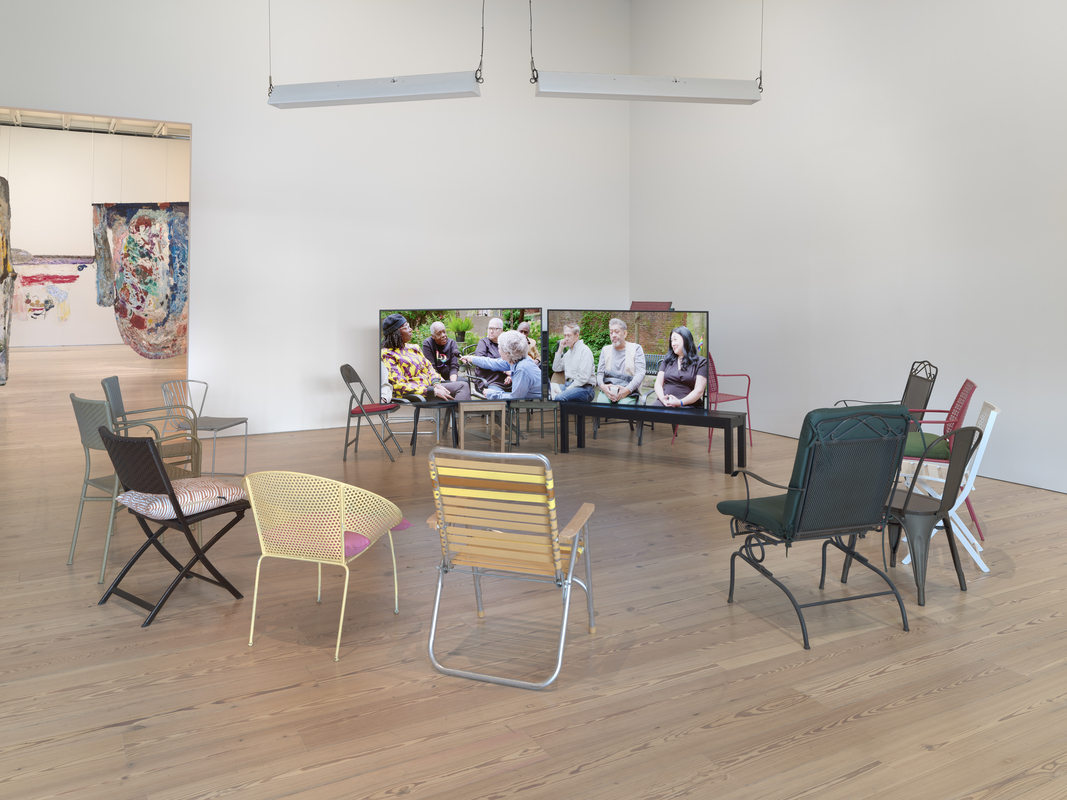
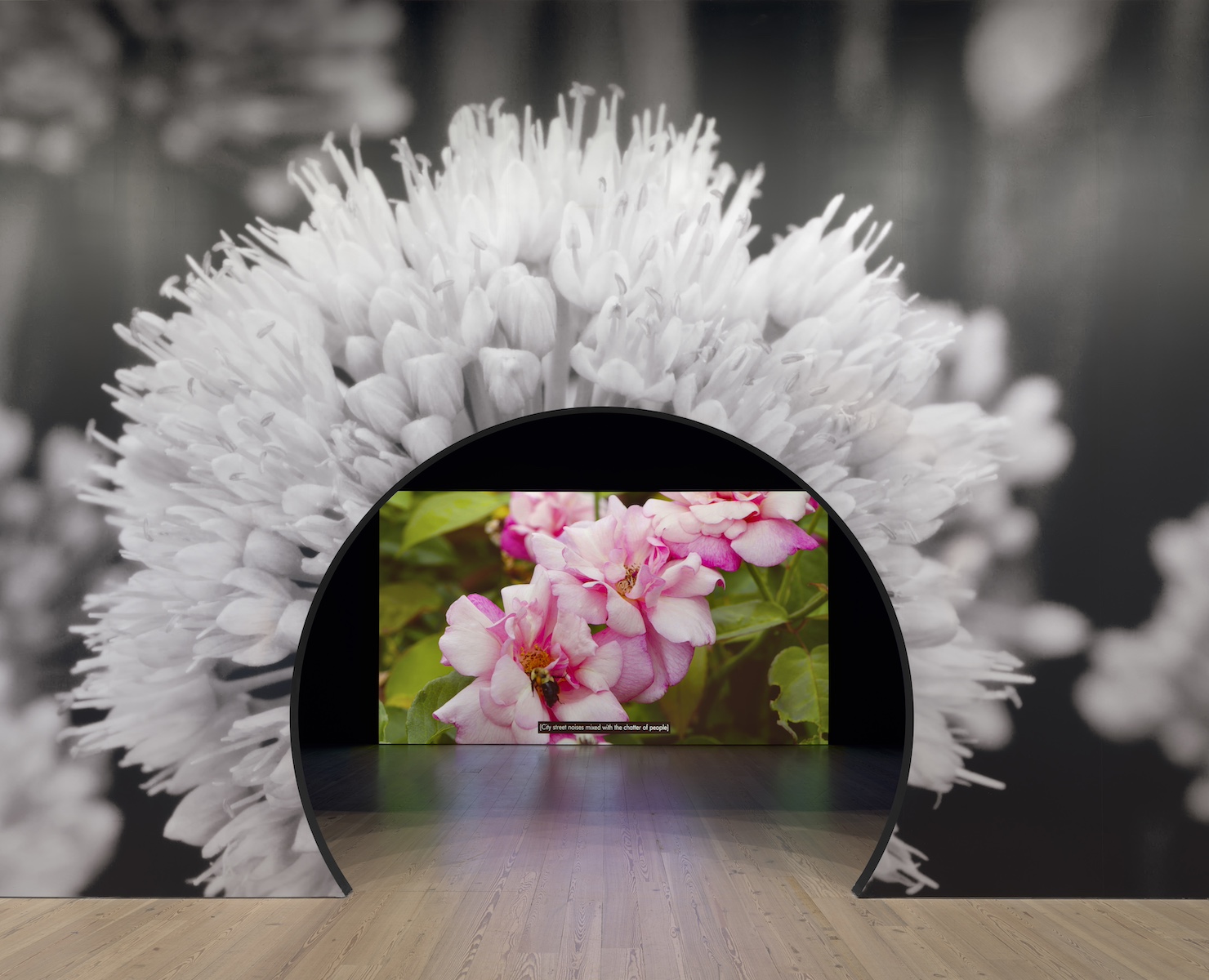
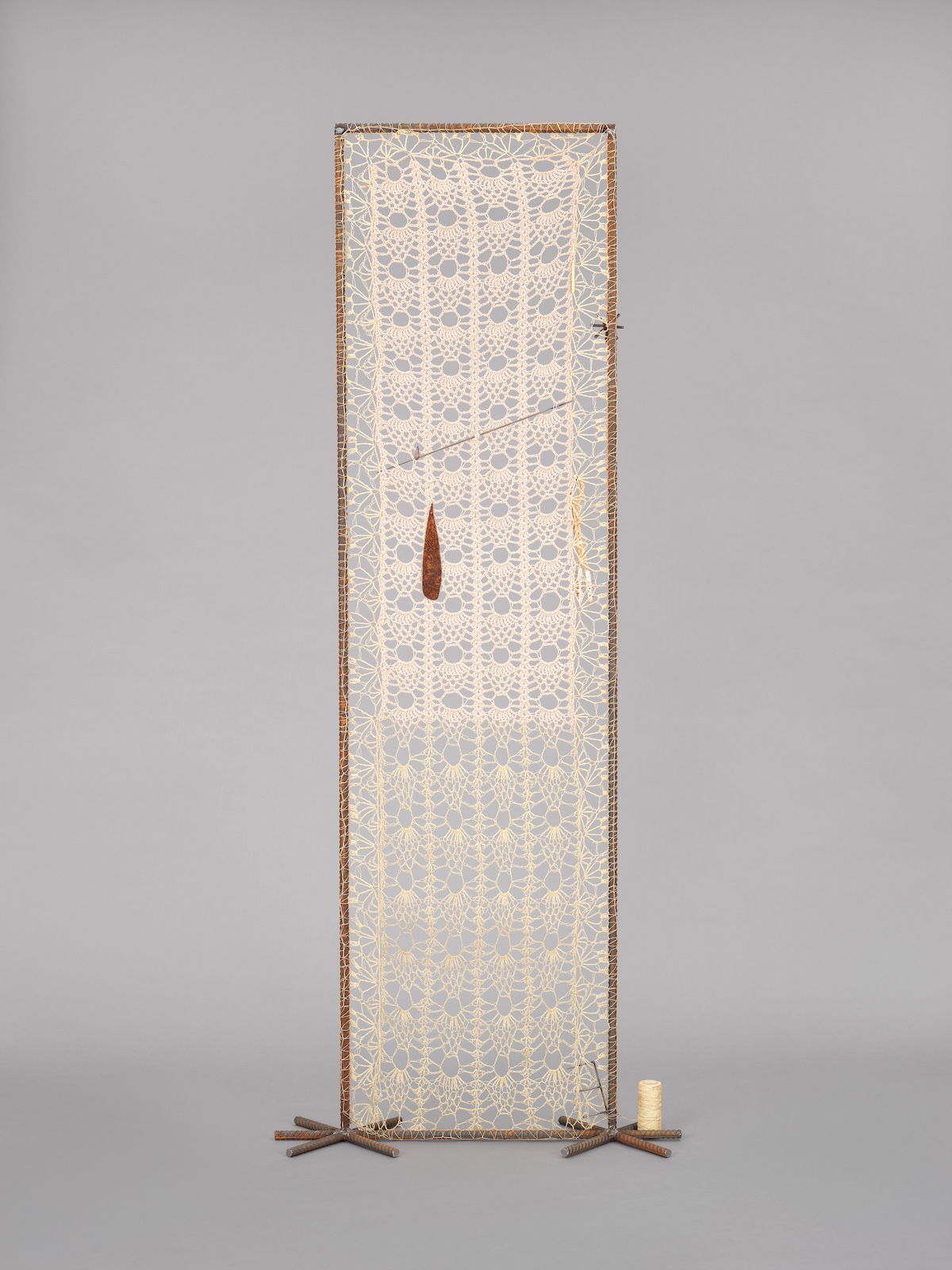
“He Is Here!”
By Kay Gabriel
See: Sharon Hayes, “Ricerche: four,” 2024; ektor garcia, “teotihuacan,” 2018; Tourmaline, “Pollinator,” 2022.
Sharon Hayes seems patient.
She asks a lot of older people what they think is going on,
If the gains they fought for have endured,
where they feel safe and if they
think the world is better now or worse than when they were young.
These questions can be frustrating. I mean, I get frustrated,
sometimes, asking people if they think it’s a bad world
and why, and what to do.
Hayes’s interviewees agree the world is worse,
even, than the one in which they came of age, though
they don’t agree on why. They feel something disintegrate.
I’m paraphrasing—they didn’t say disintegrate.
A man acknowledges legal rights.
He’s Black, gay, looks to be in his late 70s.
Watching the moral panic grow—
paraphrasing again—
he suggests the win is fragile. Where’s safe?
Home. Where’s home? A retirement
community in Tennessee. We used to be so afraid
of a liberal world, that it would subtract the force
of our critique, like shock absorbers on a car, or a
Katamari ball yes-and-ing its path across a surface
pounded flat. We, I mean, queers whose consciousness was
easy-baked in like 2012. We regarded with
suspicion the capacity of art to—what, exactly?
Challenge? Sure, if you put it
like that. I mean we watched people sharpen
critique while the relatively powerful repeated it, and metrics
like average inequality, average deaths per day
tunneled deeper into nightmare.
I’m trying to explain a feeling—dispiritedness;
the sense that pricking conscience
wouldn’t do much, even in highly trafficked environments.
Were we wrong? Hannah Baer called herself a “skeptic
at church,” about poetry, not art, but it feels similar:
suspicion about the relationship of content to changing
unbearable conditions. And not even poetry per se but poetry
readings, which can, sure, be dreary affairs. There’s your
ex on his phone. There’s a bad feeling. There’s a pile
of interesting people. Or it’s transcendent,
I mean, the words change something—clarify the obscure, offer
strength to the downtrodden, make productively
light of misery. Cecilia did, “sucking
and sucking,” wishing Chiqui would fall
on stage. Pamela Sneed remembered
Assotto Saint defiant at a funeral: “He is here!”
and I wept. It’s like: “Cecilia!” Patrick wept, when Nan Goldin
read Cookie Mueller’s “Last Letter” in the new Walking Through
Clear Water— “I know, I know, I know that somewhere
there is paradise … Courage, bread and roses,”
see, Hannah, I’m crying right now,
so I don’t hold your position.
Peter Weiss in Aesthetics of Resistance has
his antifascist fighters, exiting Spain,
study Guernica in the woods, and Amilcar
Cabral wrote poetry while he fought the Portuguese.
He died before the victory he made possible.
I could go on, even if the “art world”—a euphemism
for the class that holds the keys—shreds its revanchist wave.
I believe that that, too, will pass,
not just like that. I mean I think that people change their ideas about reality
faster than reality can change. I suspect they do it
faster even when together, which is why Hannah’s
right, it’s church. We’re moved to see each other
moved. It’s nice that the Whitney likes trans
women artists so much: Ser, Pippa, Tourmaline.
Tourmaline’s “Pollinator” video is stunning, her orchid
headdress, her Marsha research. So are ektor garcia’s
sculptures. “Teotihuacan,” named after the ancient
Mesoamerican city in the Valley of Mexico, joins mesmerizing
white crochet to a steel frame. I think about the artifacts Diego
Rivera collected there and framed in the vitrines
at Anahuacalli. Then you climb the stairs and see his planned
mural, Stalin and Mao offering peace to the peoples
of the world—Pesadilla de guerra, sueño de paz.
No, really! Stalin holds a dove. A generically ugly Uncle Sam fumes. His eyeline,
Stalin’s, extends across the mural to where Frida Kahlo
engages visitors. Probably you don’t agree. You wouldn’t say that that’s
how it went. Maybe nor would Sharon Hayes, or her crowd
of gentle older queers. Someone should ask them.
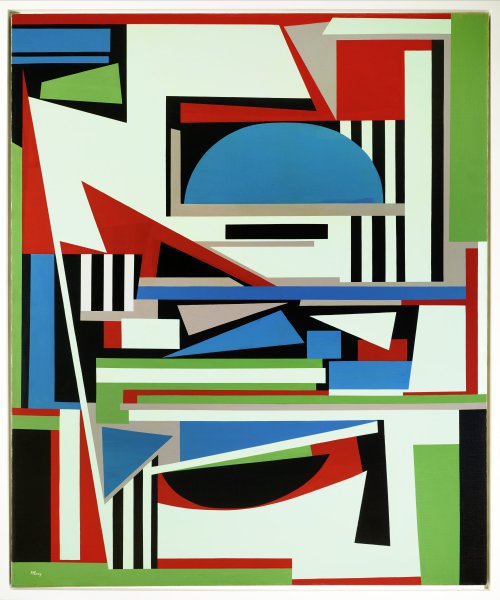
Dejygea
By Kyle Carrero Lopez
after Mavis Pusey
I looked and looked and still know not what it means.
Dejygea – Pangea, caesura, déjà voulez-vous.
Would love to know what Miss Mavis meant with that title,
yet I know that not to know for sure
is itself a gift. Reaction vid or GIF:
Kandi Burress cocks her head and cracks
you just made that up! to Porsha Williams.
And did!
Oil on canvas. There’s black and white,
and reds, greens, blues: the three primary colors in physics
(sorry to yellow)
and here we see physics sing out, the oil scene
informed by architecture informed always by physics,
structure and scaffolds and quake safety, heat and energy, and and and and!
It’s Miss Mavis’s take on the Lárge Apple’s
constant construction, constant noise,
the way its buildings shoot up and plunge down.
It’s Miss Mavis back at the Biennial after the ‘71 Biennial on Black artists
with no Black curators,
a promise undelivered, promise given a new look
by fresh eyes 53 years later:
Blackstraction redeemed!
Sitting in the crowd of a Black poet’s reading,
Hanif Abdurraqib overhears a white woman ask her neighbor
how can Black people write about flowers
at a time like this?
If I’m Black and I make a thing up and it fails to convey
the right Black thing to the right donor’s taste, did the tree make a sound?
Friends from college may remember a time, a period really,
when I fell afflicted, obsessed with saying Lazy Susan, laissez-faire.
It came forth like revelation and I couldn’t stop speaking it aloud,
or sending texts with cryptic lineation:
lazy susan
laissez-faire
Deep within my jokey, specific, idiosyncratic dome
I looked and looked and still know not what it means.
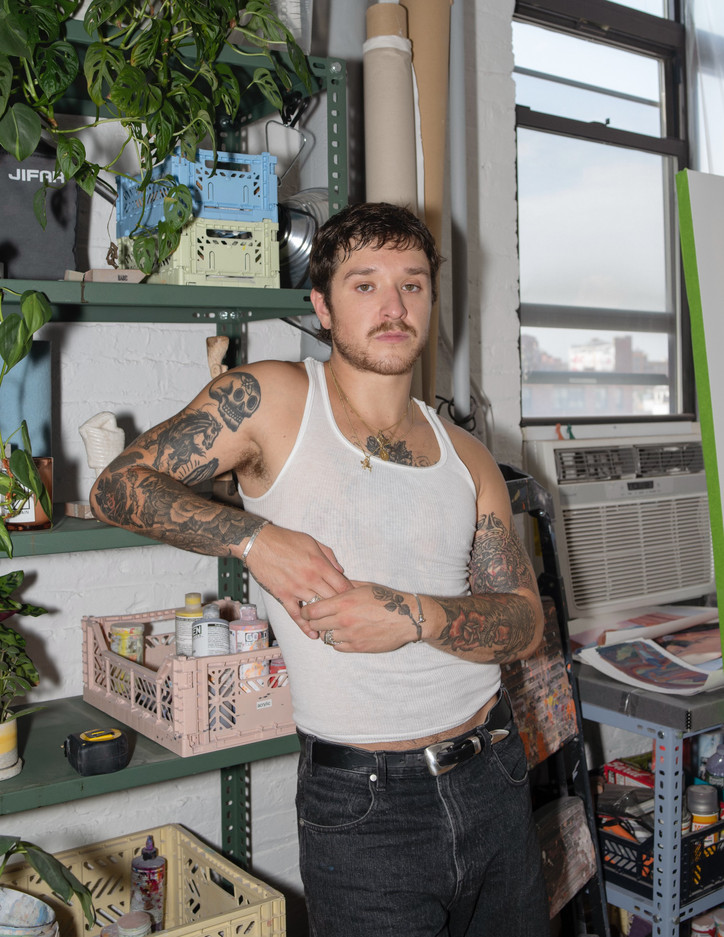
What was your thought process in organizing this show? I’m curious to know how you thought the artworks would interact in the space.
My practice requires a lot of emotional labor and research, so doing a solo show is a pretty arduous process that I’d prefer to spend at least a year on. Considering the turnaround time, I wanted to use this opportunity to work with other Latino artists who are invested in their practice in a way that's similar to mine, whether it be through land or figuration. Diego, one of the directors of the gallery who is Colombian, was also really interested in this language in terms of what it means to bring these artists to a port city like Antwerp, known for trade, diamonds, and printing.
I felt that that was an opportunity for an interesting conversation to happen there, especially because there’s such a rich history of 15th and 16th-century Flemish painting with Bruegel, Rubens, van Dyck, and others who have controlled that region. I asked myself, How can I bring this outside language of the desert, controlled burns, landscape, and migration into such a place? Esteban and I come from similar parts of Colorado and our families have similar kinds of migration patterns from Mexico up to the southwest. The entire team at Newchild was really helpful in gauging how we could talk about migration in a place like this.
Where does the title of the show come from?
It’s based on a painting I made in 2022 called I Am the Salt of Two Seas. That painting is the convergence of me being half Mexican and half German. Well, the German part is funny. I never know how to say that I’m really not German in any way. I'm very Mexican American, very Chicano.
I was in a show at the Denver Art Museum two years ago. That was the biggest Latin American show that they had had at that time. My friend Raphael, who curated the show asked me what I saw happening with a lot of Latin artists. And I think that there are these expectations for South American, Latin, and Chicano work that are really contrived. These artists are expected to perform, and I just see so much amazing work happening from individuals that aren't strictly tied to their identity. And I think that it would be cool to make work that way.
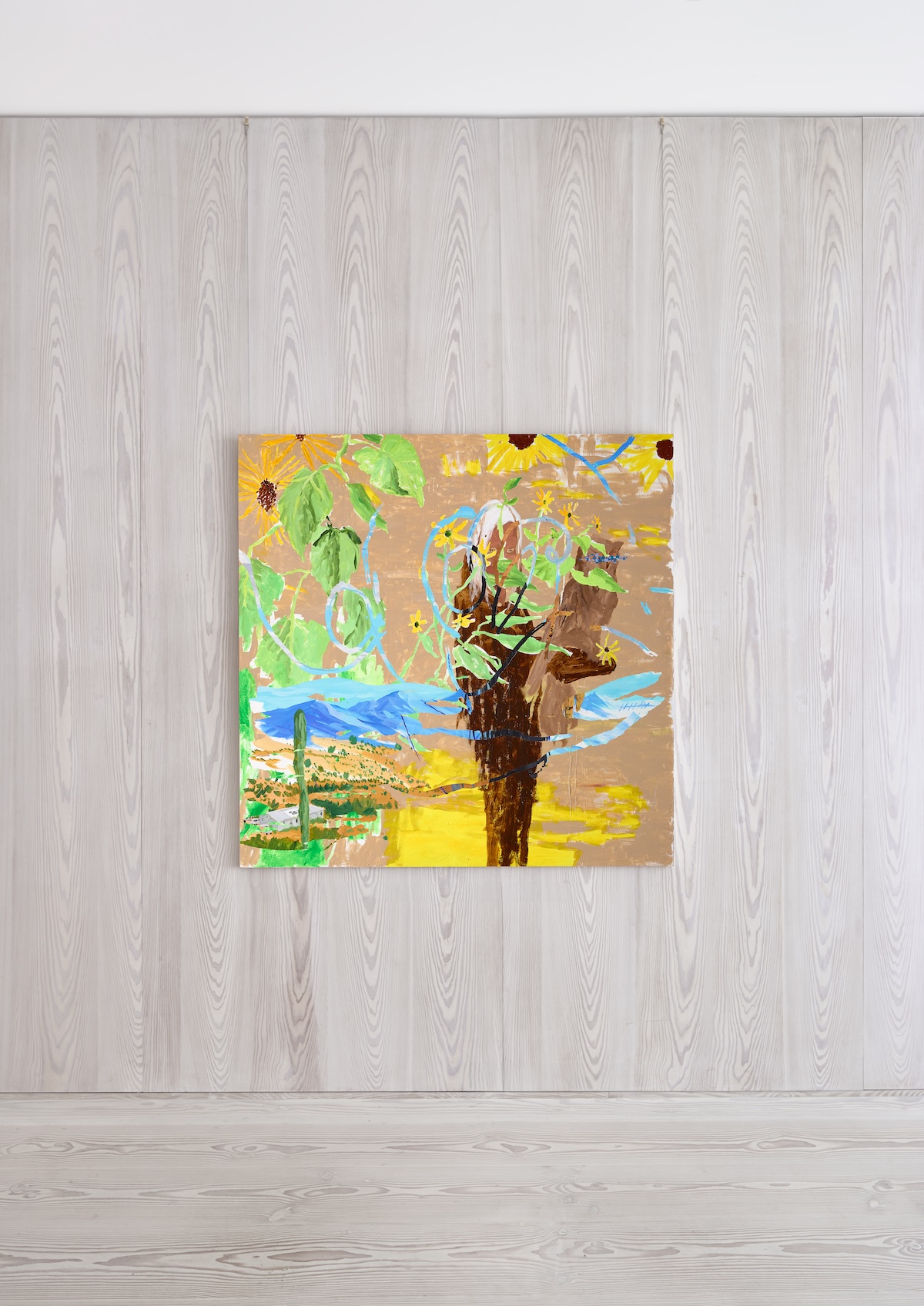
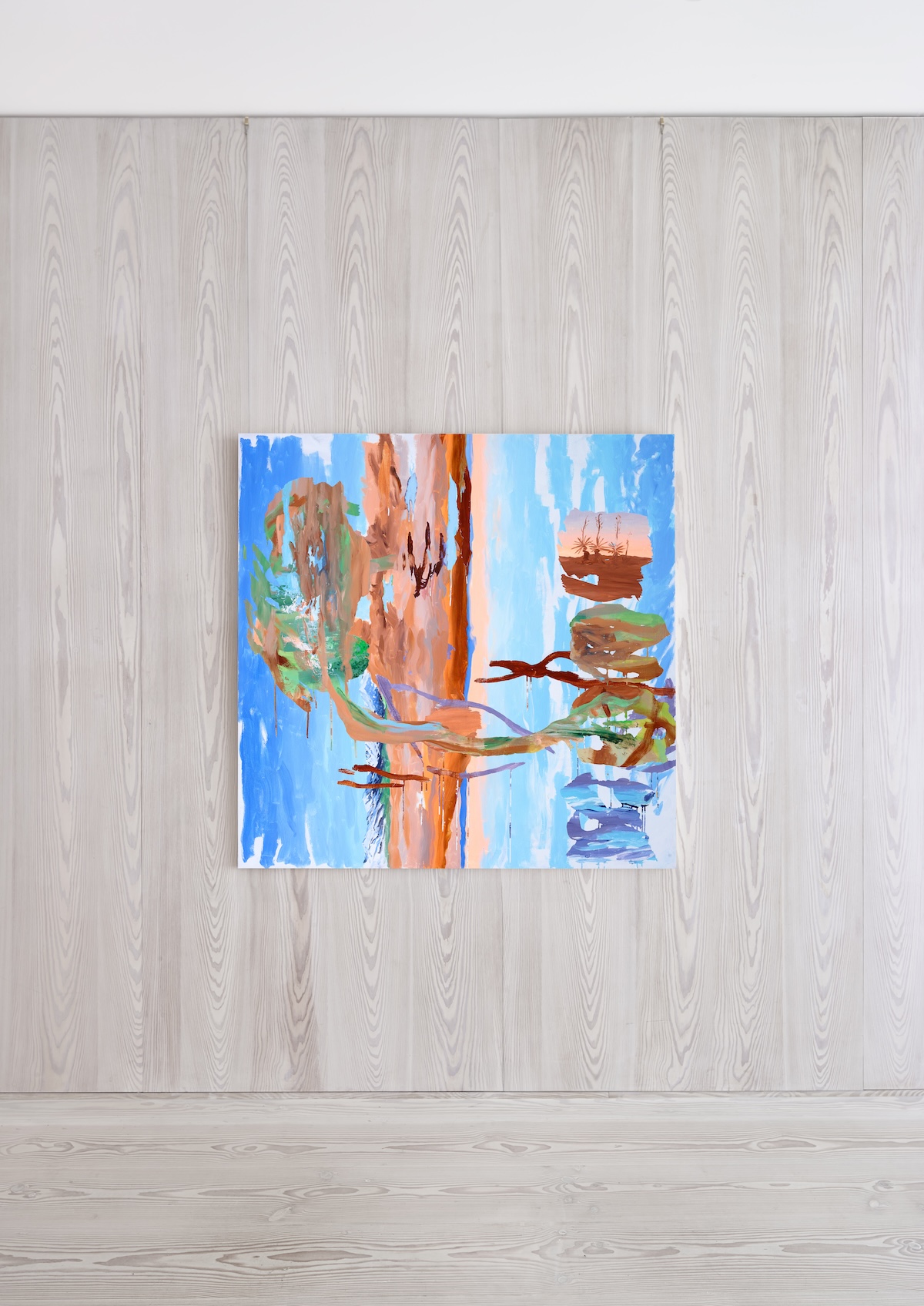
And I see that in Esteban’s works, which are all kind of landscape-based with his personal experiences blended in. His works, how vibrant and eclectic they are, also feel out of place against the pristine off-white walls in the gallery. It brings your attention to how rare it is for someone visiting this gallery to see this kind of work.
Exactly. I'd been to Europe a handful of times, but I had never been to Belgium, so when I got there to show this work, it made me that much more aware of the place that you're at. This desert landscape is very true to my core, to my being, and to my practice. Going to Antwerp which is ancient in a different capacity, it’s kind of bizarre. You're like, Wait, where the fuck do I belong in any of this? Especially making work and thinking, Okay we’ll see how people connect to this. And it’s been kind of a challenge in some regards, which is okay because that’s exactly what I wanted.
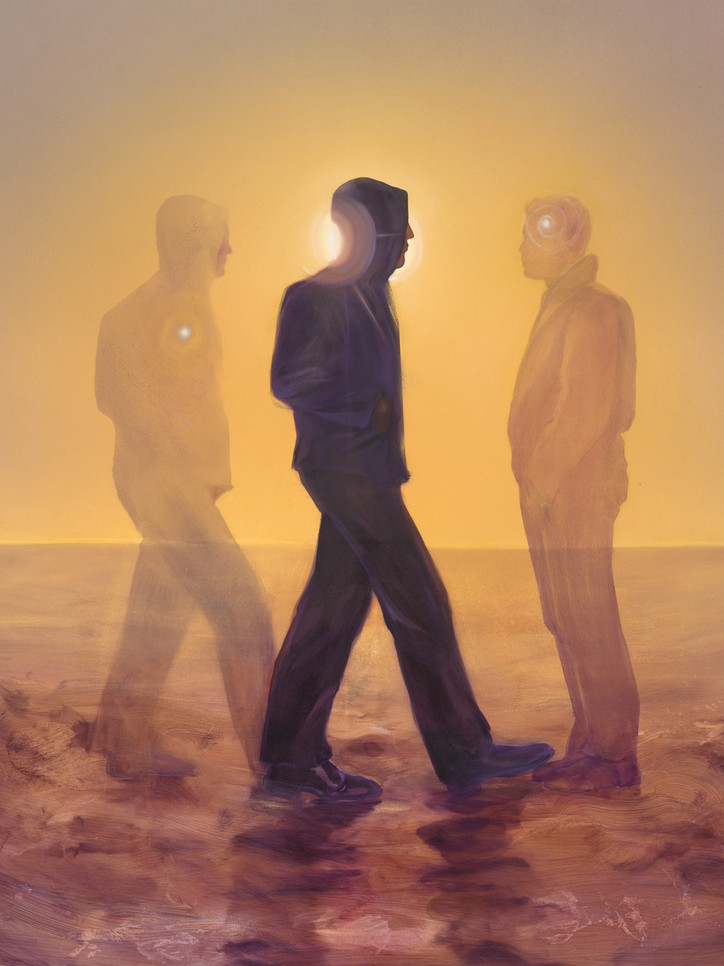
I want to talk a bit about the juxtaposition of these three bodies of work. As we said, Esteban focuses more on these landscapes, while Bernadette’s paintings depict moments between people. Then your work feels focused on this in-between space, whether that’s an apparition or movement, as in In Our Bones the Soil Secrets. You have this person in the middle of a footstep and these two other figures — one that could be their previous footstep or an ancestor and then another figure who could be a sort of successor. There’s almost this tension that emanates from this moment frozen in time.
That is spot on in many ways. In a lot of my work, that does seem to reoccur too: everything in between, there's always a step. I think that comes from my fascination and interest in storytelling and reading. I like this idea of something always being in pause. I'm even writing a short story right now, and it’s funny, I kind of started the short story in the middle and I have no idea how to start the beginning or how I'm going to end it, which relates a lot to my practice.
The title, In Our Bones the Soil Secrets comes from a poem I had written and the painting I did when I had just gotten back from Mexico. I go down there pretty often and we were in Arca Tierra, famous for these boats people drink on, but there's this whole other part of the canal that is rich in history. You go on this canal ride for 45 minutes and then they feed you a meal from this farm there. You also go super early in the morning.
When my family immigrated, they were in New Mexico and then Colorado. My great-great-grandmother was a curandera and whenever I go to Mexico, there's just this — not to sound too corny — innate connection to the landscape that other places haven't really granted me. Like I love New York, but I'm not a New Yorker, and I'm okay with that. When I'm in Colorado or New Mexico or Texas, all of these southwestern states, there’s this deep comfort that I feel there.
Whenever I go to Mexico, my grandmother’s like, Why are you doing that? We did all this to get here. And now I think its typical for anybody in our age group, this idea of Chicano revivalism, coming back to where you’re from, and this painting is almost a compression of all of those things.
This generation gets a lot of shit for being nostalgic, but I think the yearning for preservation and maintaining tradition is so important. And it’s very of this generation. So many of the 20th century’s art movements were focused on creating something new, now we’re navigating this postmodern state that seems past that. It’s less about being part of a movement and more so about expressing these personal experiences and narratives through the work.
Totally. And that makes me think of Denver and Aurora where I grew up. There’s this really famous Chicano poet from Denver named Corky Gonzalez. He was a professional boxer. We even have a library named after him. He has a really famous poem called “Yo Soy Joaquin”, essentially about being Chicano in America, which feels very to your point about this idea of a movement. Then there was Axis Mundo, this movement between the 60s — 90s of queer Chicano artists.
While these movements do exist, individualism is a bit more pertinent now. Well, I guess everybody’s story, like look at me man, I’m fucking white as hell. When people find out that I'm Mexican, that I speak Spanish, and see my family — not so much in New York but back home — they are always so confused. I always felt like I had to prove myself. Now I'm 31 and I still feel this incessant need to prove who I am, maybe not so much anymore, but definitely in my early twenties. In terms of my experience, my parents never married and I grew up primarily with my mom, who is married to a Mexican man who has been there my entire life. Like my family calls me guerito, both of my parents were Latin. Biracial sounds so antiquated but being a white Mexican kid with two Latin parents was my whole identity.


You’ve essentially been navigating this dual existence your entire life.
And even still. I've actually grown bored talking about it and I don’t feel like I need to define myself anymore. I also think that definition was based on white people's comfort, whereas whenever I meet Mexicans, especially in Mexico, nobody fucking cares. My Tia has red hair and blue eyes, and she was born and raised in Mexico. It’s a very American expectation.
Have you interacted with anyone viewing the works at the gallery?
I had an interesting conversation with this woman from Spain, and I don't meet a lot of legitimately Hispanic people. It was a nice chat. She was like, Are you Spanish? And I said no, but her term for Spanish was all-encompassing, while here in the States you don’t say that. I think an uninformed person might say Spanish, but for the most part, it’s like, Oh I’m Chicano, or I’m Dominican. There are all these sub-sects.
Right, and I relate to that because I’m half Dominican and Bangladeshi, but I resonate more with my Dominican side.
Yeah, and as far as the response to the work, I think that because I look the way that I look, and I've experienced this for a lot of my life. A lot of people expect me to be the spokesperson for Mexican people. And I just can't speak to that experience at all because I'm white, and I'm abundantly aware of that. So when there’s an expectation for my work to be about a certain thing, it’s not always the case. There’s a painting in the show — probably one of my favorite paintings actually — of me cutting my friend Rogelio's hair. He’s also Chicano. I’ve known him for like 10 years, he’s recurred in probably five of my paintings. I think he’s a really good stand-in for me in a lot of ways. He had these really long braids and hadn’t cut his hair in 10 years. He moved to New York recently and the second he got off the plane came to my house and asked me to shave his head. I took a video because it’s crazy to be the person to shed this person of 10 years of their life. The still from the video captures exactly what you said before, the tension right before I cut the braid.
To me, that painting is a conversation about intimacy, bonding, and masculinity that has nothing to do with being Chicano. There's this expectation or this idea that the work has to be very literal about who I am, but it just so happens that these are all paintings about where I'm from and who I know which just so happens to be bridled with this amazing history. I could be Chicano and be from Iowa, and I wouldn't have the same relationship I have with Chicano activism, food, or culture because Denver and Aurora where I specifically grew up are so rich with Mexican-Americans.
Artists are sometimes automatically expected to engage with identity politics, but it doesn’t have to be that. When I look at your work I think of reading a novel and being given certain snippets or details about a moment and having to piece those together to bring the image to life in your mind. I’d also like to point out how these specific scenes wouldn’t be found in a cityscape.
Yeah. It’s funny too. When I first moved to New York, my work was already very rooted in the southwestern landscape. People asked if I was going to start painting New York scenes. I guess as a painter I felt I had this duty as an observer and recorder to do that, but I realized pretty quickly that wasn’t my job. I'm not from here. I have no need to tell any of these stories because it's not who I am. Being from the Southwest, there's this affinity for a big city where you want to know what that's like, yet moving here made me much more aware and grateful for the abundance of the desert and the plains of the Southwest. It brought me closer to home in a way, and that's been a great gift of authenticity in terms of knowing who I am and who I'm not. I think if I moved here when I was a lot younger, I would've struggled with that because it's such an influential city. But as an adult, and I'm not saying this to be self-aggrandizing, there's a certain degree of awareness of things I just don't fucking care about. That just comes with time, truly, and I think that this city has granted me that experience.
Yeah, and there’s so much here. It can be overwhelming even as a native.
Totally, there are times when I meet people, and it's hard not to be influenced. You're just like, Damn, these people are cool, they’re into cool shit. Yada, yada, yada. Also, not to go off on a slight tangent. There’s been this revival in Cowboy Americana, especially with the Beyonce album and all these other moments in pop culture, which has been wild to see as someone who’s from that place and grew up going to stock shows where people are into that yee-haw shit. I was just in Texas for a wedding, for my childhood best friend, and I got to wear my cowboy hat again and I was like, Damn, this feels good. In New York, it would feel too out of place although I probably wear cowboy boots six out of seven days of the week.
It really has become a kind of spectacle in pop culture, even though something like cowboy boots has been popular for a long time. I do think it’s great that people are revisiting Cowboy Americana and revealing its Black, Chicano, and Indigenous roots. Renaissance Act II brings up a lot of specific references to Texan history that aren’t in the textbooks. It’s quite literally a renaissance of a culture that has been dominated by a white figurehead for so long.
To that point, my family were rancheros, vaqueros. My great-great-grandmother was a curandera and her husband, my great-great-grandfather, was a horse thief. He stole horses with Pancho Villa. All my family is from Colorado, Texas, all these different places in the south and southwest. My entire childhood, it’s just been like yes, cowboys are Mexicans, so witnessing this western renaissance has been kind of interesting. In Colorado, they have these horse competitions and dances, all the most extravagant ones were always Mexican. I’ve painted horses for seven years now pretty consistently because it’s just always been part of my experience. I would visit my biological father every other weekend and his house backed a ranch. One of my sisters used to ride horses for that ranch. I would wake up and there'd be horses in the backyard. Horses have been a vehicle for so many things for me, and they're mythic in this really kind of unreal way. As many horses as I've been on, every time I’m aware that this thing could fucking kill me. And that's crazy, but it’s amazing.
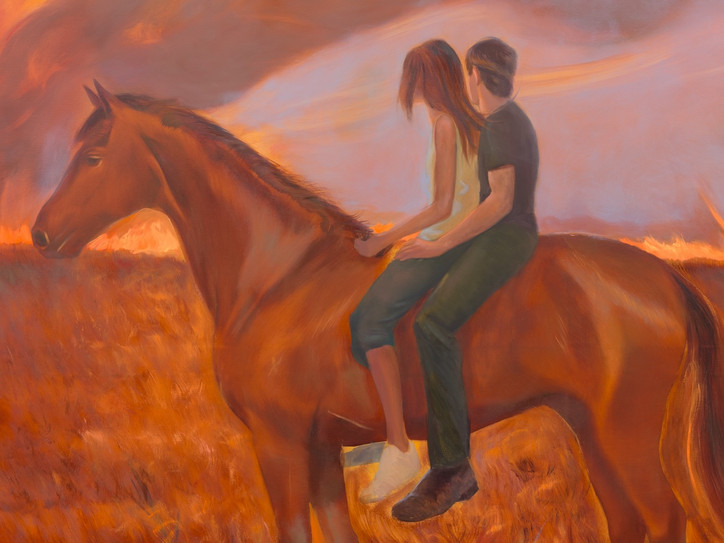
Right, and I sense this reverence and awe you have for nature even in your works. I’m thinking about the piece Hard Country. Those depicted are on a horse looking out into the distance but you can’t tell if it’s the beginning or the end of something.
Yeah, I really appreciate that read. The title, Hard Country, comes from a long format poem by Sharon Doubiago, who kind of traversed the West from Seattle all the way down and then back up into Canada. One of the things that I felt drawn to about that, and its kind of fascination with migration also comes from my experience of living in New York. I remember last year when there were forest fires in Canada, and the whole sky turned orange here, people were so freaked out. It's funny because that’s a common occurrence in Colorado. It gets incredibly dry so when lightning strikes forest fires happen pretty often. Every summer we had these apocalyptic ash storms where the sky would turn lilac and umber. It’s a weird thing to experience if you’re not used to it, sort of like snow. It’s had to tell in the photograph of the painting, but there’s this hard-cutting flame through half of the painting with the smoke billowing out into the left side.
There’s a mythical quality to it in that you can’t tell if the earth has been scorched already or if it’s coming toward them. My gallery director said that there’s no fear. And I love that calmness to the painting, this dreamlike quality of not being afraid of this fire.
Yeah, I see that, so what exactly inspired this calmness? Typically a fire wouldn’t provoke this reaction.
We have this thing called controlled burns that work similarly to the cutting of the hair — the positioning of these two paintings next to each other speaks to things done out of regeneration of cleansing. It’s kind of like split ends. You have to cut off the end of your hair so that it can grow back healthier. When the land gets riddled with invasive species, especially due to climate change — even something as much as a foreign grass can disrupt the pattern of a certain soil, controlled burns act similarly. When you burn off a top layer of crabgrass, new grass is born from underneath it, and I find that incredibly poetic. There are certain things that need to be done to maintain order.
It’s one of the truths of our reality, everything happens in a balance — that just speaks to physics even. It’s interesting when you see art capable of translating one of those universal truths. And a citizen from Antwerp might encounter this painting completely unaware of ‘controlled burns’.
Yeah, and it’s also an ancient practice. Indigenous people have been doing it for ever. There’s something meditative about the landscapes in the exhibition among my work and Esteban’s.
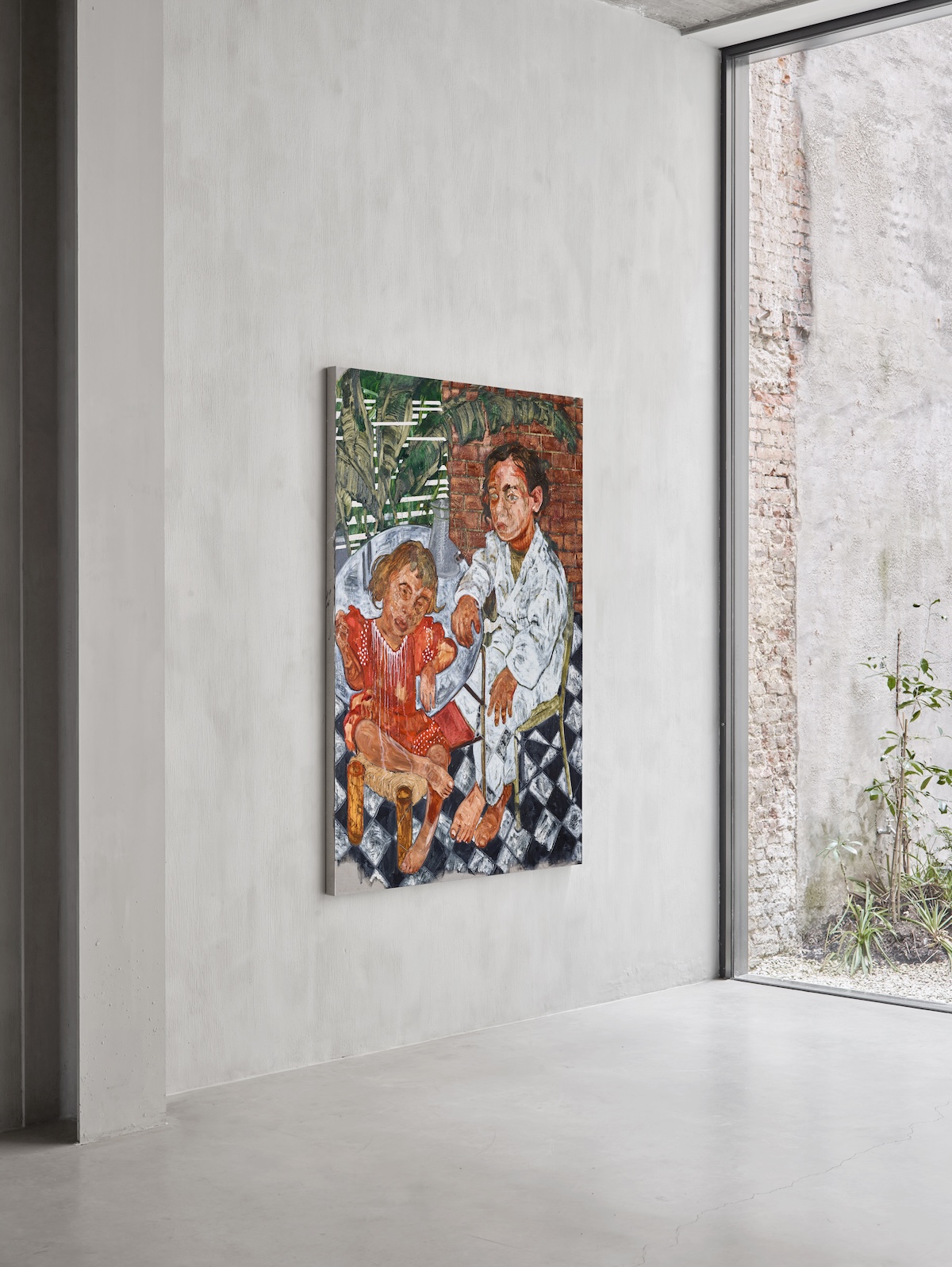
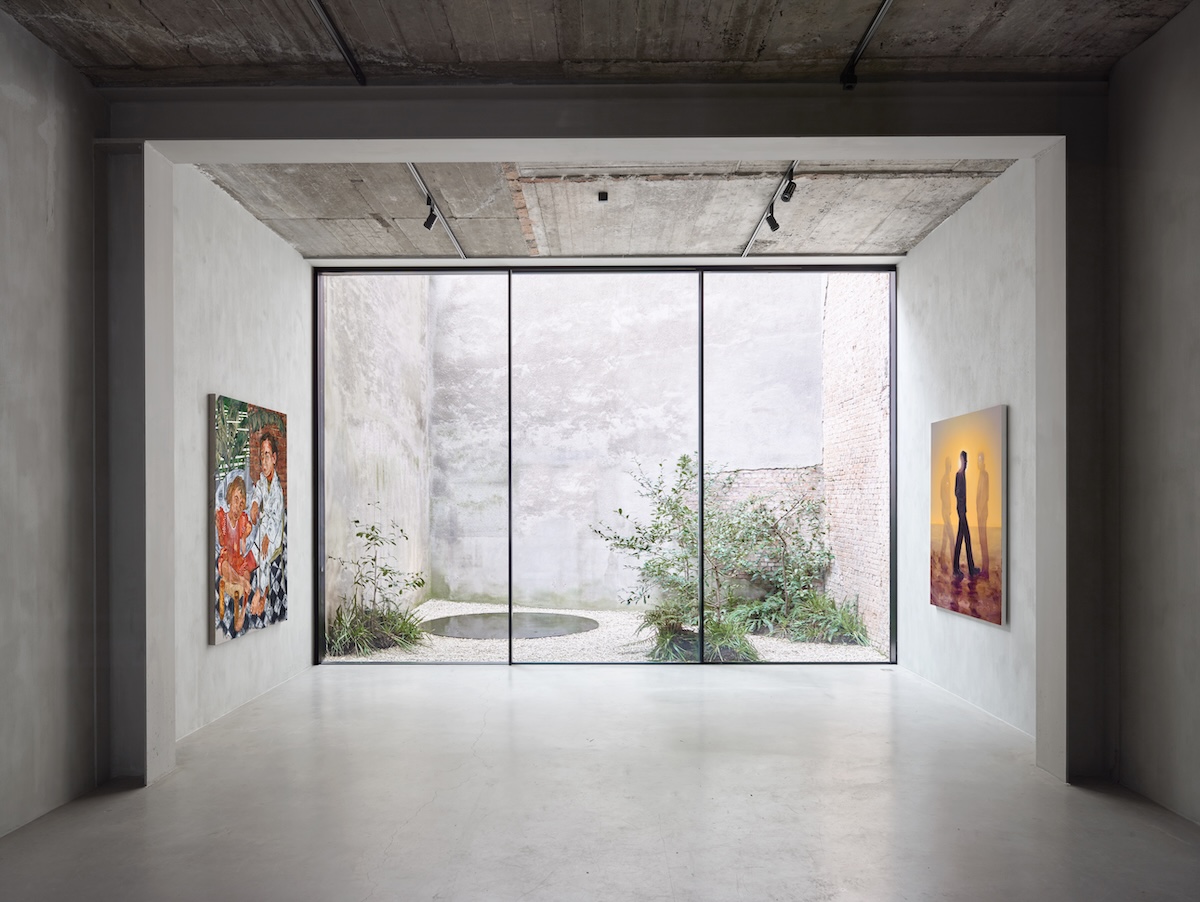
I’d love to speak about the intimate moments depicted in Bernadette’s works.
Yeah, so we wanted a couple more works from Bernadette, but she has a solo show coming up, so it was a little bit harder to get more and her works take a bit of time. The two people in her painting, if I'm not mistaken, are her nieces. What I really love about that painting is that one of her nieces is in a gi and the other is in flamenco attire. There’s this conversation between her work and mine across from it that speaks to this generational thing. In Our Bones The Soil Secrets speaks to past present and future in a particular way and Bernadette records her family with a different vehicle. She’s quite literally using people from her family.
The last piece I want to touch upon is Limpia II (After William Blake).
It’s funny, that’s kind of become the poster image for the show. I made a Limpia painting around three years ago. So in Mexico, there are these things called a limpia, maybe it’s cross-cultural. Do you know what that is?
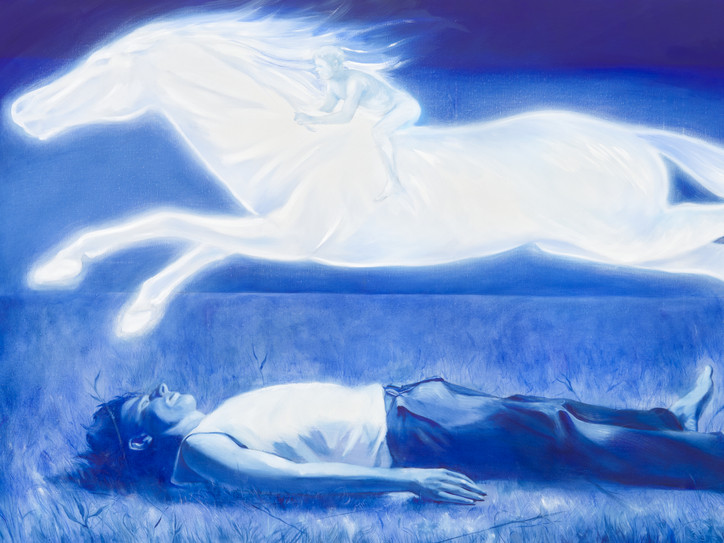
Like a spiritual cleansing?
Yeah, so when I was 24, I was going through a hard time, and I had one done. It started with a heart-to-heart, then we went into a room and the woman called all of my ancestors into the room. I lay on this table, and she starts a prayer in Spanish. She spits this water on me, burns a plant over me, and roasts my body with an egg. She then bit on my chest right above my heart and started screaming into my heart. I started hallucinating and it was really intense. After it all ended and I came to, I remember this image of a bunch of white horses running through a blue field and hearing in Spanish, Calm the ocean of your mind. The next day I was at a thrift store and I found a blue handkerchief with a bunch of white horses on it.
What came of the cleansing?
My understanding of my family was pretty limited at the time, there was a lot of pain that people didn't really want to talk about, and I also don't think I had the right questions. Through this practice, I started uncovering a lot of things. I started learning all of these things about my family being rancheros, stealing horses, my great-great-grandmother being a curandera, all of these spiritual things that have always been in my blood and in my bones. It took me kind of doing that to really ask all of the right questions.
And so, you started painting white horses.
Yeah, so the first one I ever did in 2021 is just a single horse running through this blue field. For the second one, I liked the idea of the horse acting almost like a spirit guide, jumping over me, and in this person's face, there is no fear. There's almost this gaze of admiration for the barren landscape. It was intentional to do it in this ultra-marine blue so it has a dreamlike sense, if it has too many colors, it riddles you too much with reality. It’s funny too, because I use a Flemish paint brand that makes a very specific ultramarine blue.
I wanted this to feel like that hallucination I had. It felt so cinematic that everything got silent and I went into this other place. The reason I added ‘After William Blake’ is because of his paintings of white horses. He's such an icon in terms of painting that if I didn't, it would feel a little too literal. I'd had this image ruminating for like seven years, but I just had to wait for the right time. And I love this word, limpia, because it kind of reads like Olympia which has this mythical quality to it while in Spanish it just means cleansing, or to clean. The power of language is beautiful to me in that sense.